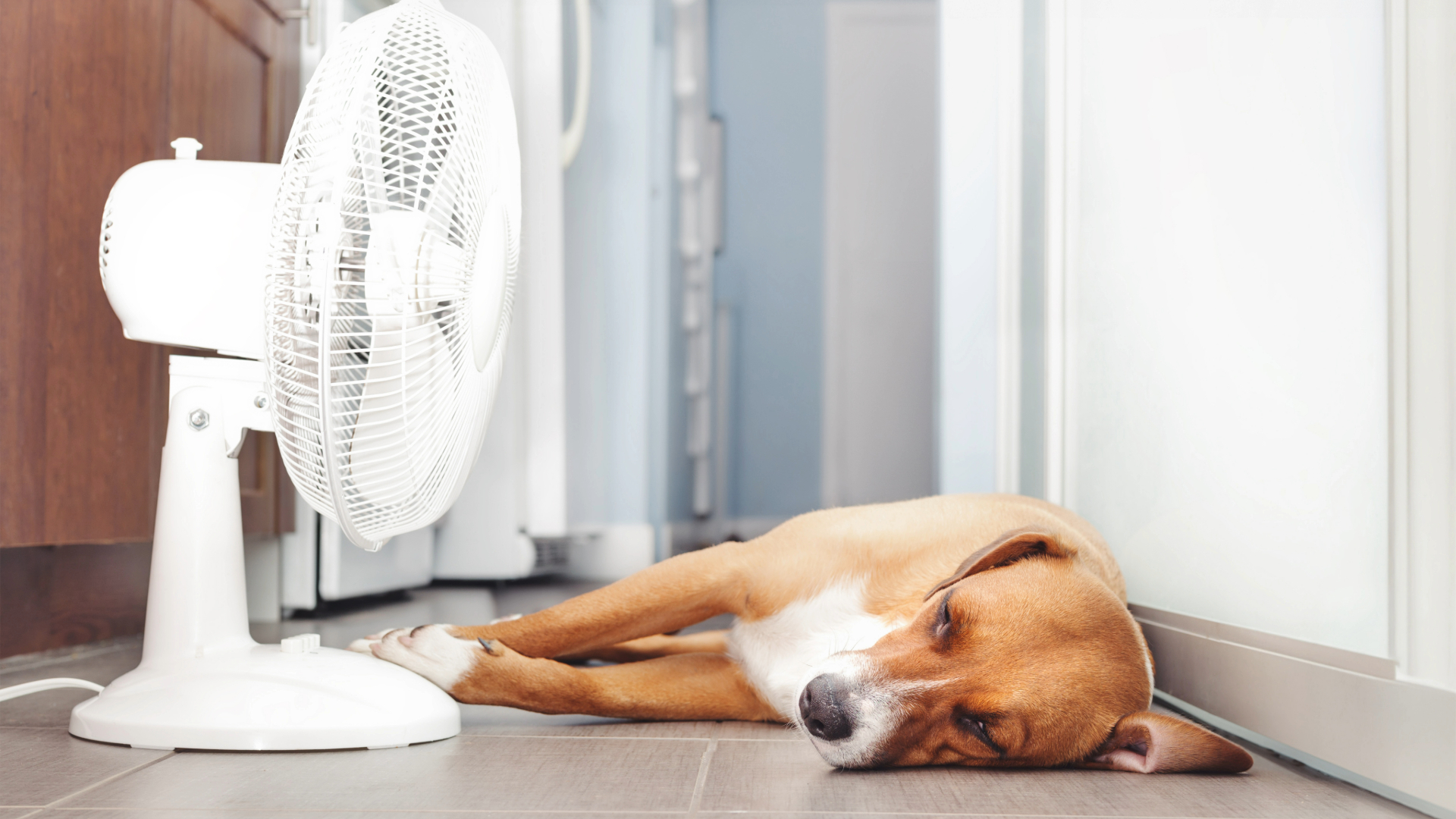32 unpopular dog breeds
While people are going wild for French bulldogs, we've found 32 unpopular dog breeds we think you should know about
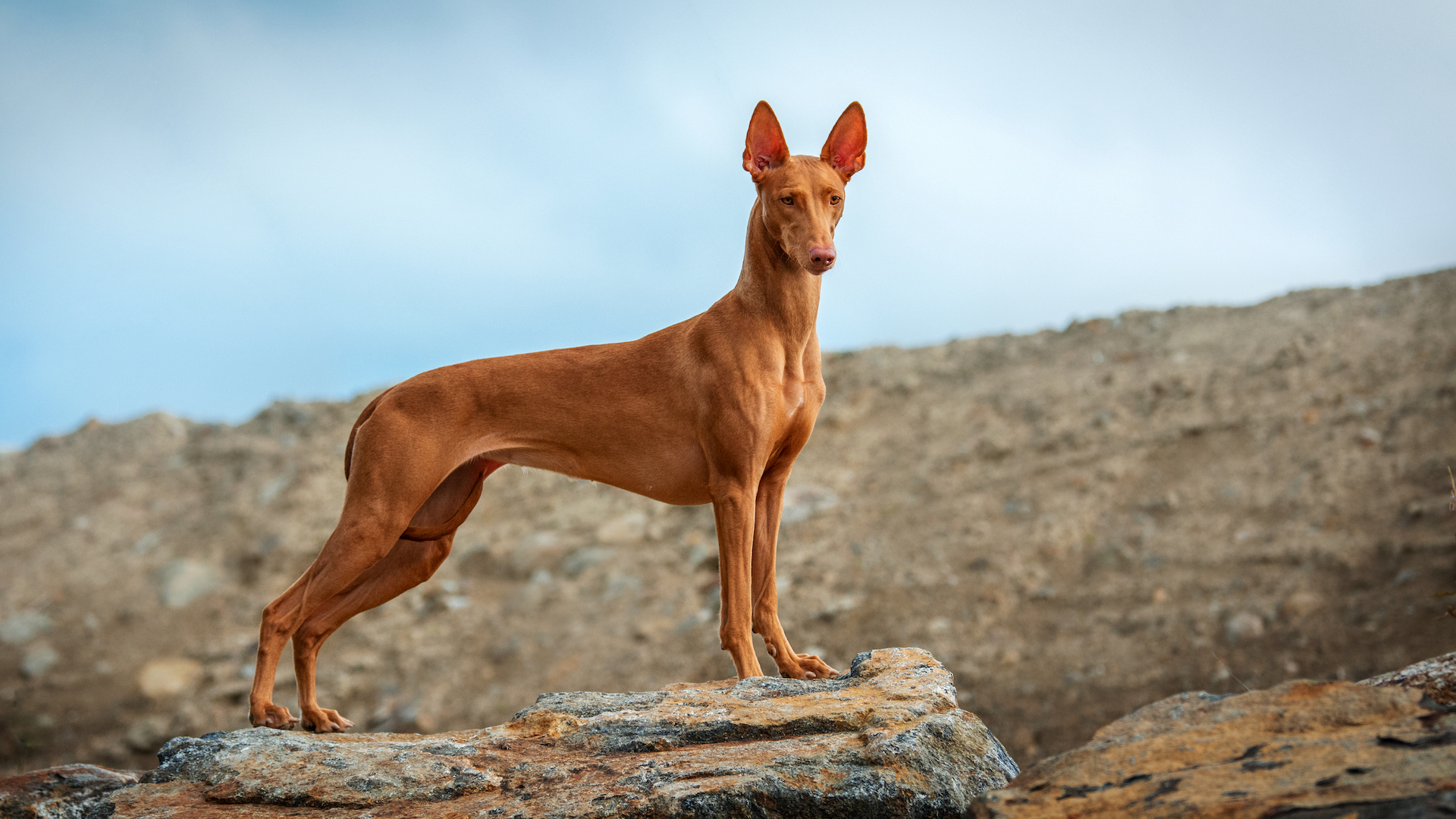
Want a dog that not everyone has? We found 32 unpopular dog breeds that we think should be on your radar. Canine popularity is easy to gauge – it’s effectively measured by how common a breed is (how many puppies are registered with the Kennel Club), which is in turn down to demand.
Naturally, some dogs are less common than others. Their “unpopularity” is really to do with rarity rather than them not being appealing, wonderful dogs in their own right. There just aren’t many of them around.
Another reason for dogs at the bottom of the list seeming out of fashion is that they are a newly recognized breed and so momentum will take time to pick up in terms of registrations as more are born each year. Many are native breeds to a specific country, and haven’t developed global recognition, while others have faded from popularity as their primary purpose – for example, flushing ducks from canals, or puffins from their nests – is largely obsolete.
But the most popular dog breeds are in huge demand for a reason. The Labrador Retriever – for example – has been top dog for 31 of the past 32 years because it is such a fabulous breed, with so much going for it on so many levels.
Let’s take a look at some of the least popular breeds, and give them a little love.
32 unpopular dog breeds
1. Finnish Lapphund
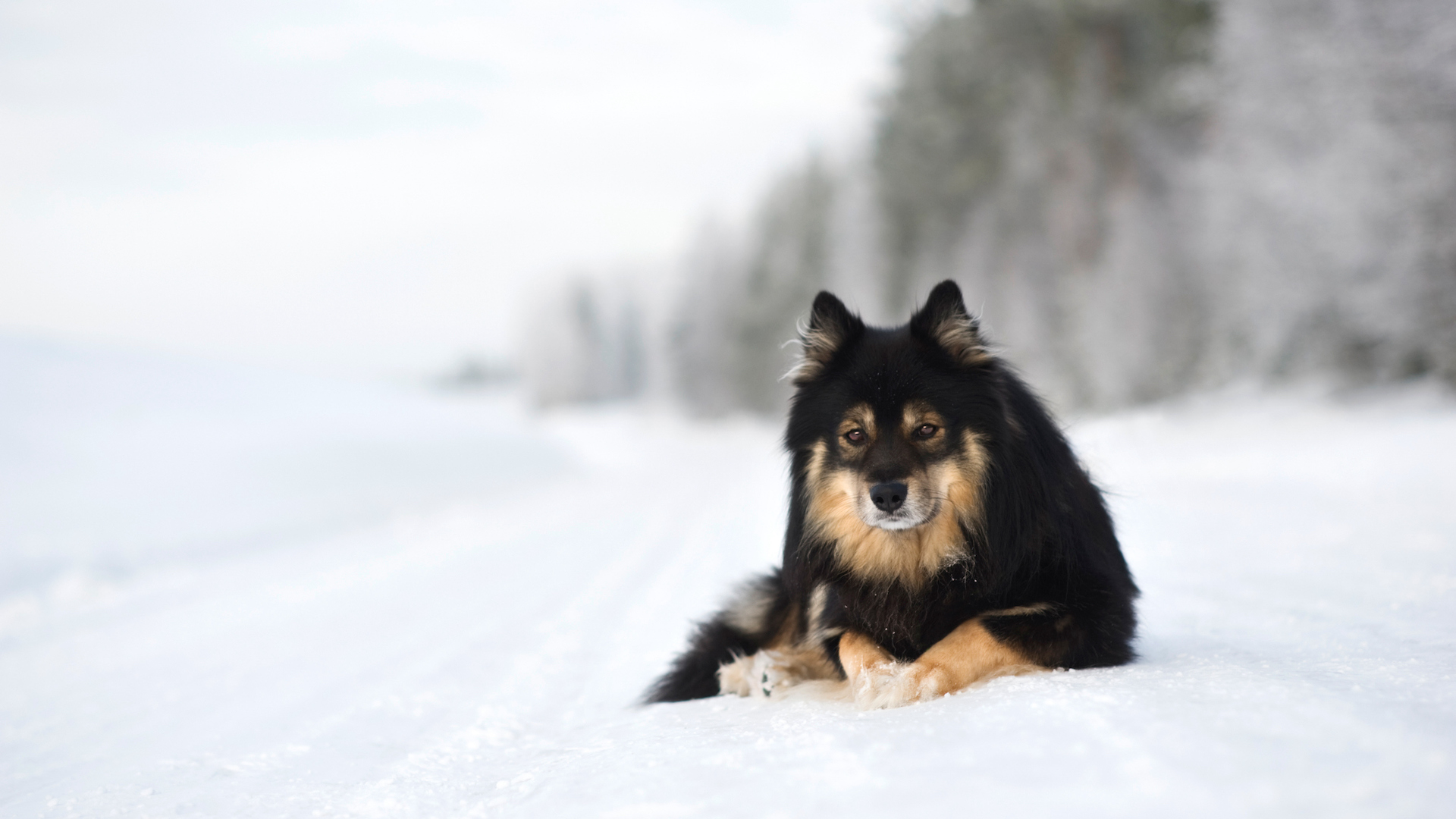
A tough and substantial reindeer herder from the Arctic Circle, the Finnish Lapphund has only been registered as a breed with the American Kennel Club since 2011. A friendly dog with a luscious coat, pointy ears and a curly tail.
Fast, reactive and agile, “Lappies” are friendly and submissive and crave companionship.
PetsRadar Newsletter
Get the best advice, tips and top tech for your beloved Pets
Although they are not a common breed globally, they are popular pets in Finland.
2. Irish Red and White Setter
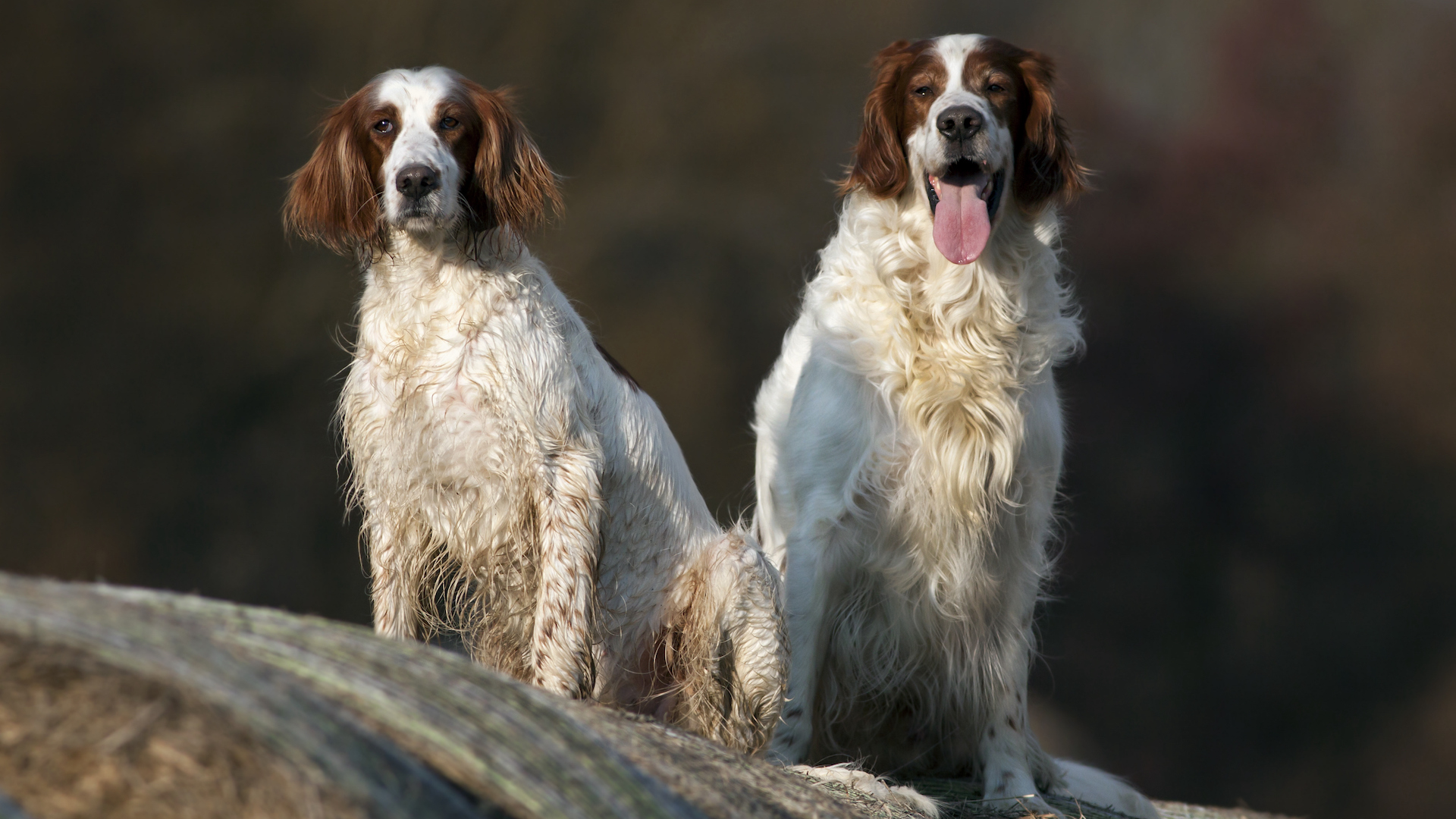
Unlike the flashy-coated Red Setter, which is in the top 50% of the popularity list, its two-tone “Red and White” cousin languishes down at the bottom. Traditionally used by falconers, the Irish Red and White was initially preferred because its colors made it easier to spot from afar.
A bit stockier than the Red Setter, this athletic breed is fun-loving, friendly and high-spirited. He is known for standing frozen on point when he has scented game, to show the hunters the location of the bird without scaring it away.
3. Glen of Imaal Terrier
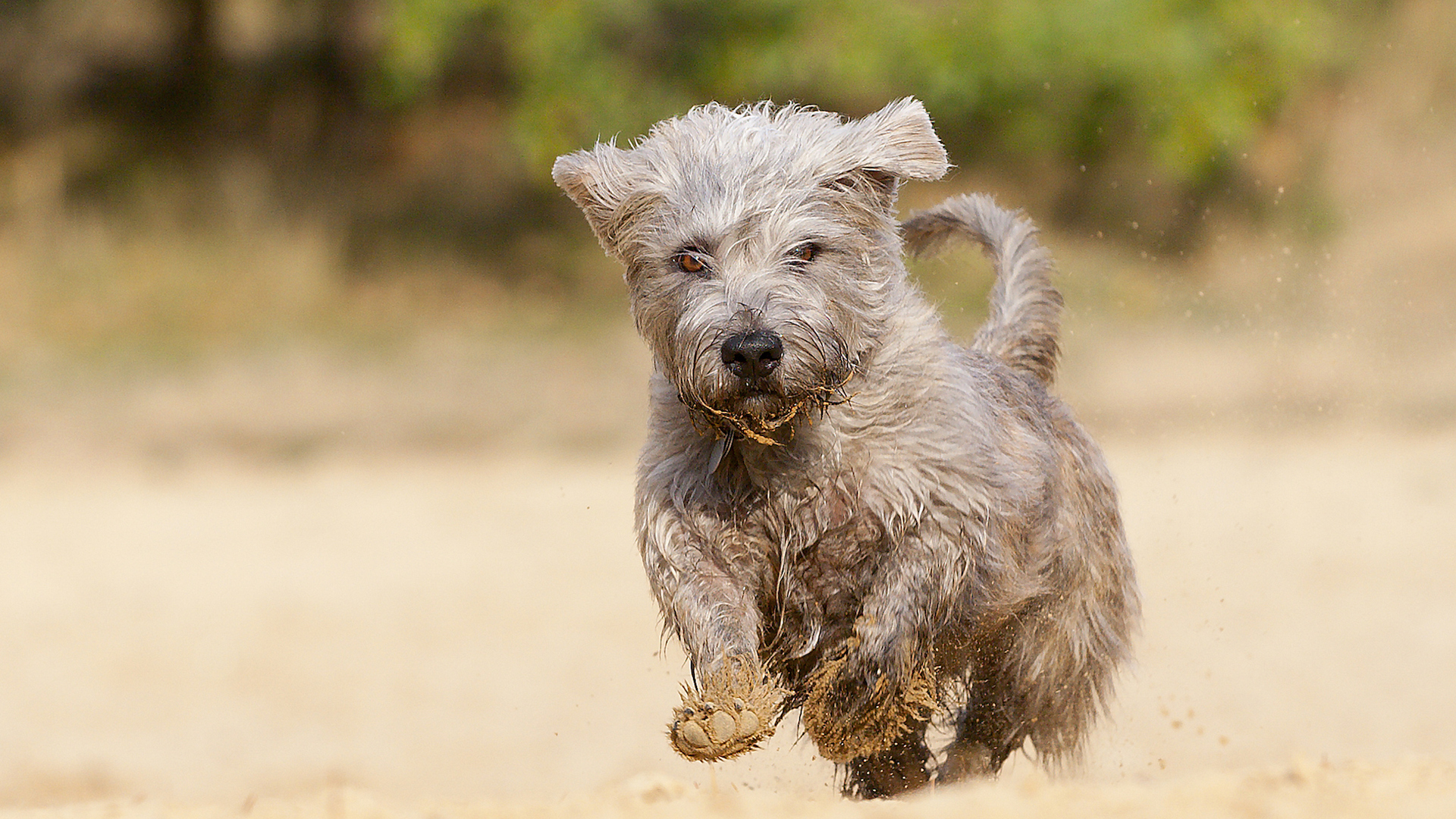
This rare but gentle terrier hails from a remote valley in the Wicklow Mountains in Ireland. They are a strong, scruffy, no-frills breed, a working dog developed to hunt badger.
Although they are easy-going and adorable with humans, with a super personality, they don’t always love other dogs.
4. Nederlandse Kooikerhondje
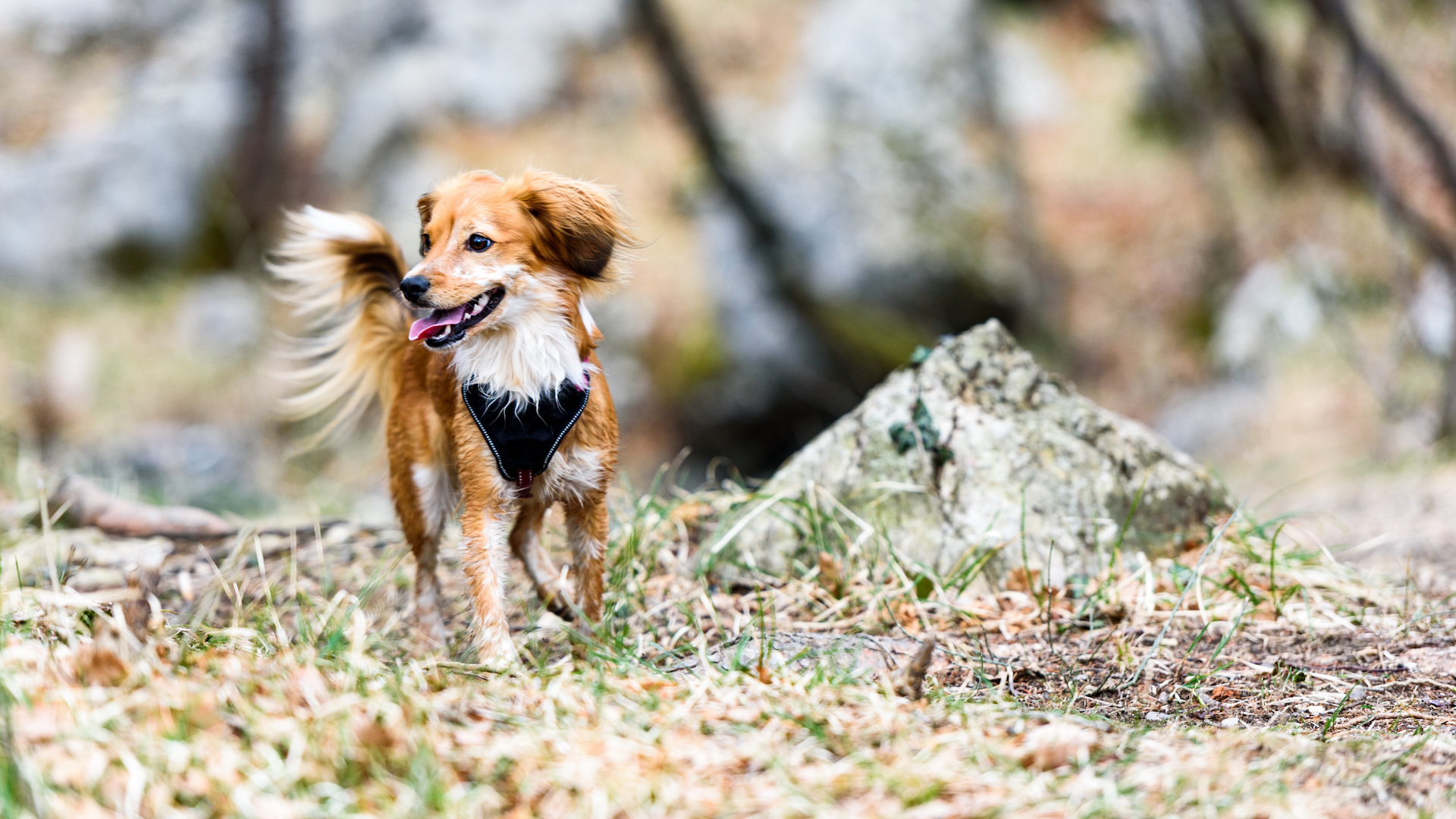
The Dutch breed Kooikerhondje is a striking sporty little dog – a bit like a lightweight spaniel – with silky fur and eye-catching orange and white patches. Other features included large ears tipped with black and a feathered waggy tail. They move with a lovely spring in their step, and are agile, good-natured and lively.
This breed was popular 300-400 years ago, featuring in paintings by old masters such as Rembrandt.
They were originally developed to lure ducks into traps, but by World War II they almost became extinct. While they are still very uncommon outside the Netherlands, the breed is gaining in recognition.
5. Portuguese Podengo Pequeno
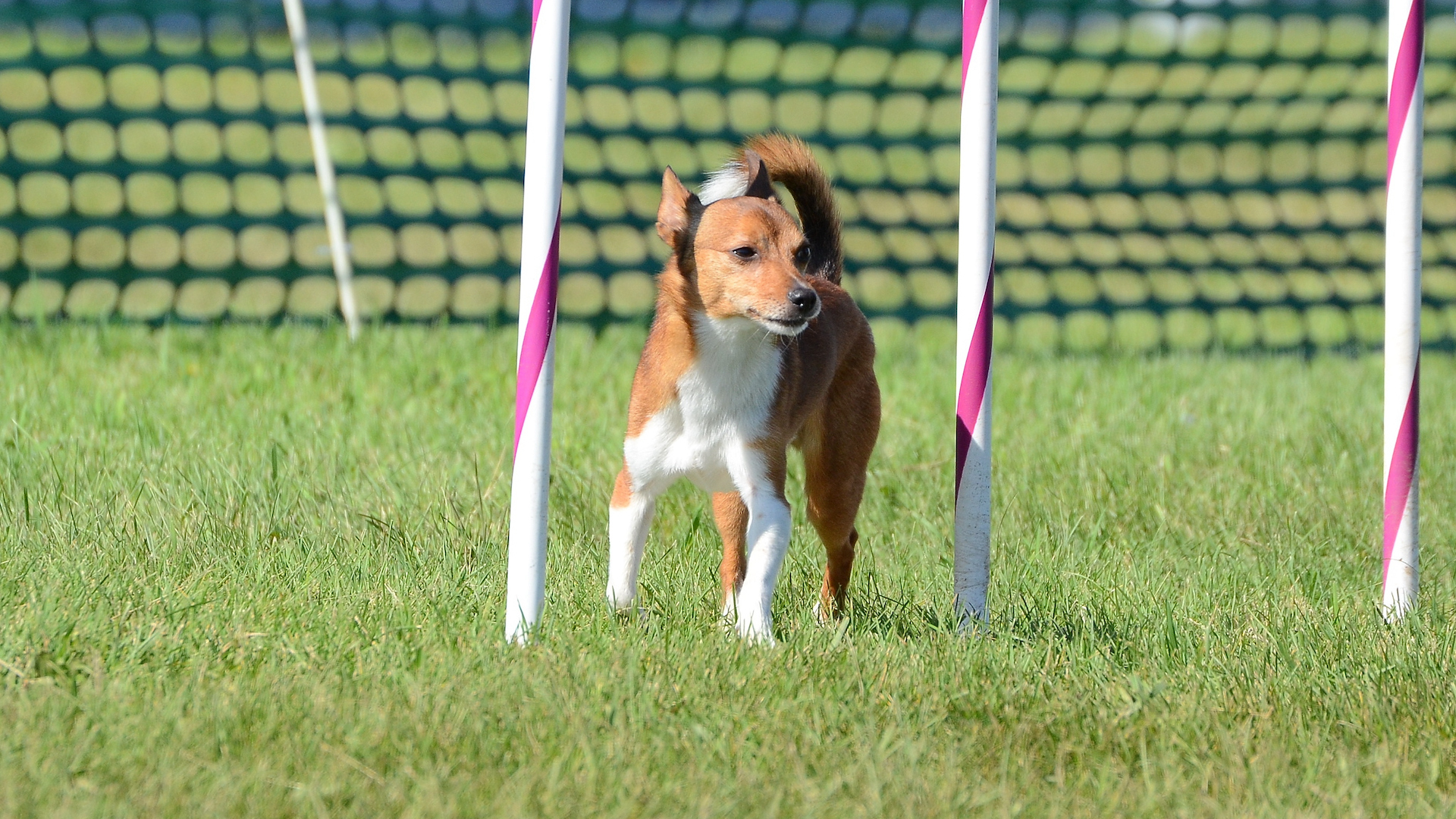
This playful little rabbit-hunting breed was developed in Portugal, where it is the national dog. This is the smallest of the podengos, standing just 8–12in and weighing a maximum of 13lb.
It has a wedge-shaped head, with almond eyes and pointy ears. Smooth coats are traditional.
This is a hardy, smart and healthy dog, which typically lives for up to 17 years. And it’s a fantastic mouser!
6. Ibizan Hound
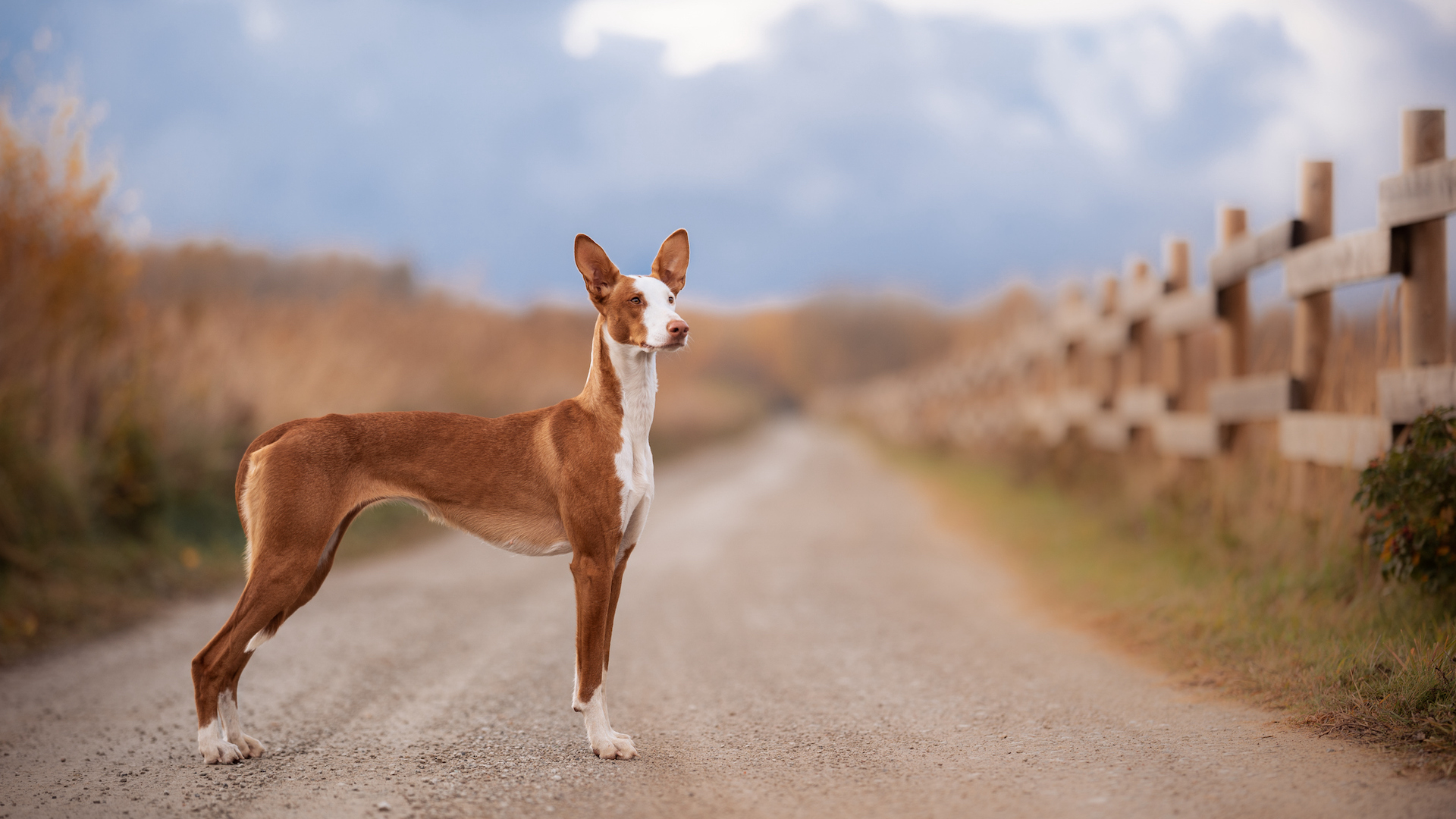
These quirky looking hounds make excellent family pets. They are elegant, athletic and agile. They are also extremely fast, like most sighthounds, being bred to course rabbits on the rocky Spanish island of Ibiza.
A distinctive feature is their huge pointed ears, and although they can be stubborn, they are fun, great with children and other dogs. Bear in mind, though, they are known as Houdini hounds – they can jump out of almost any enclosure, climb and open locks. All part of their appeal!
7. Plott Hound
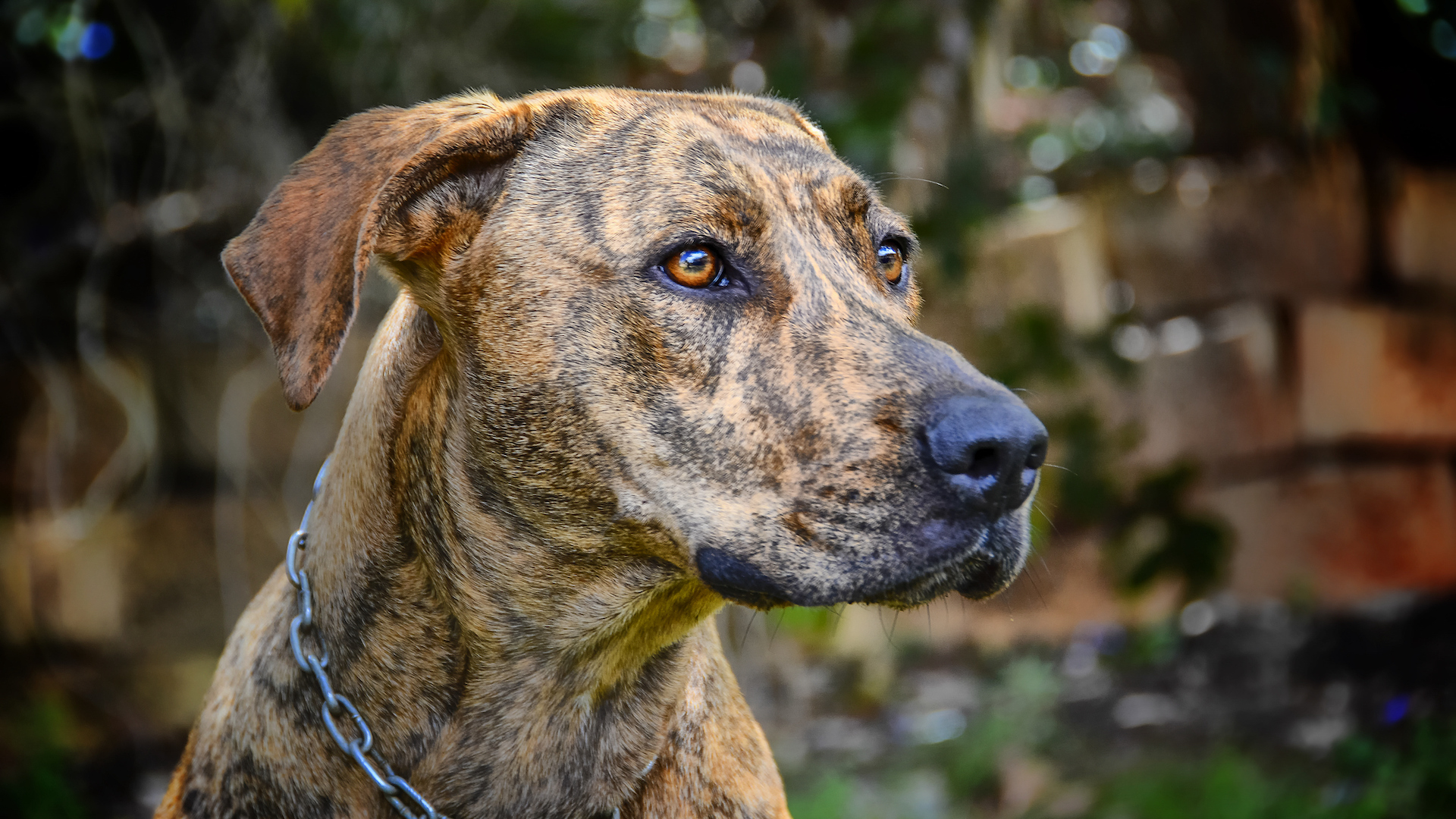
One of the few breeds towards the bottom of the popularity stakes that is native to the US. The Plott – North Carolina’s state dog – is a striking scenthound with a flashy brindled coat.
It descends from a European type of hound, and owes its roots in the US thanks to a German immigrant called Johannes Plott, who brought five hounds over the Atlantic to settle in North Carolina and hunted bears with his pack.
It is unique among the seven coonhound breeds as being the only one that does not have its roots in the English Foxhound.
8. Pharaoh Hound
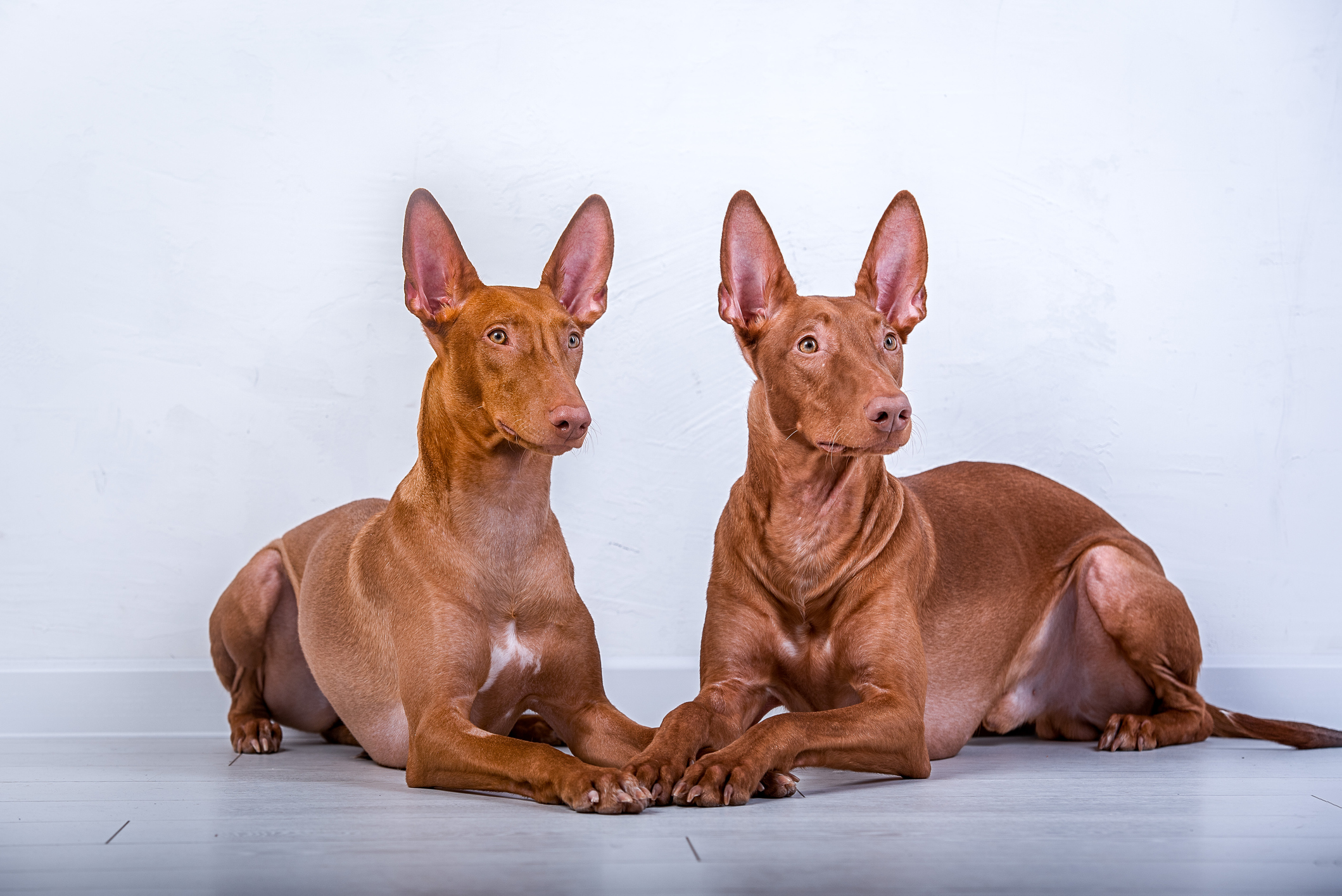
These “smiley’ dogs – they curl their lips like a smile when they are happy – are sleek, graceful and aerodynamic. They have lovely large pointed ears, and a white-tipped tail with a smooth tan coat. They were originally bred to course small game, but make a friendly and affectionate pet.
It has been named the national dog of Malta but originated in ancient Egypt and is one of the oldest recorded domesticated dogs.
9. Komondor
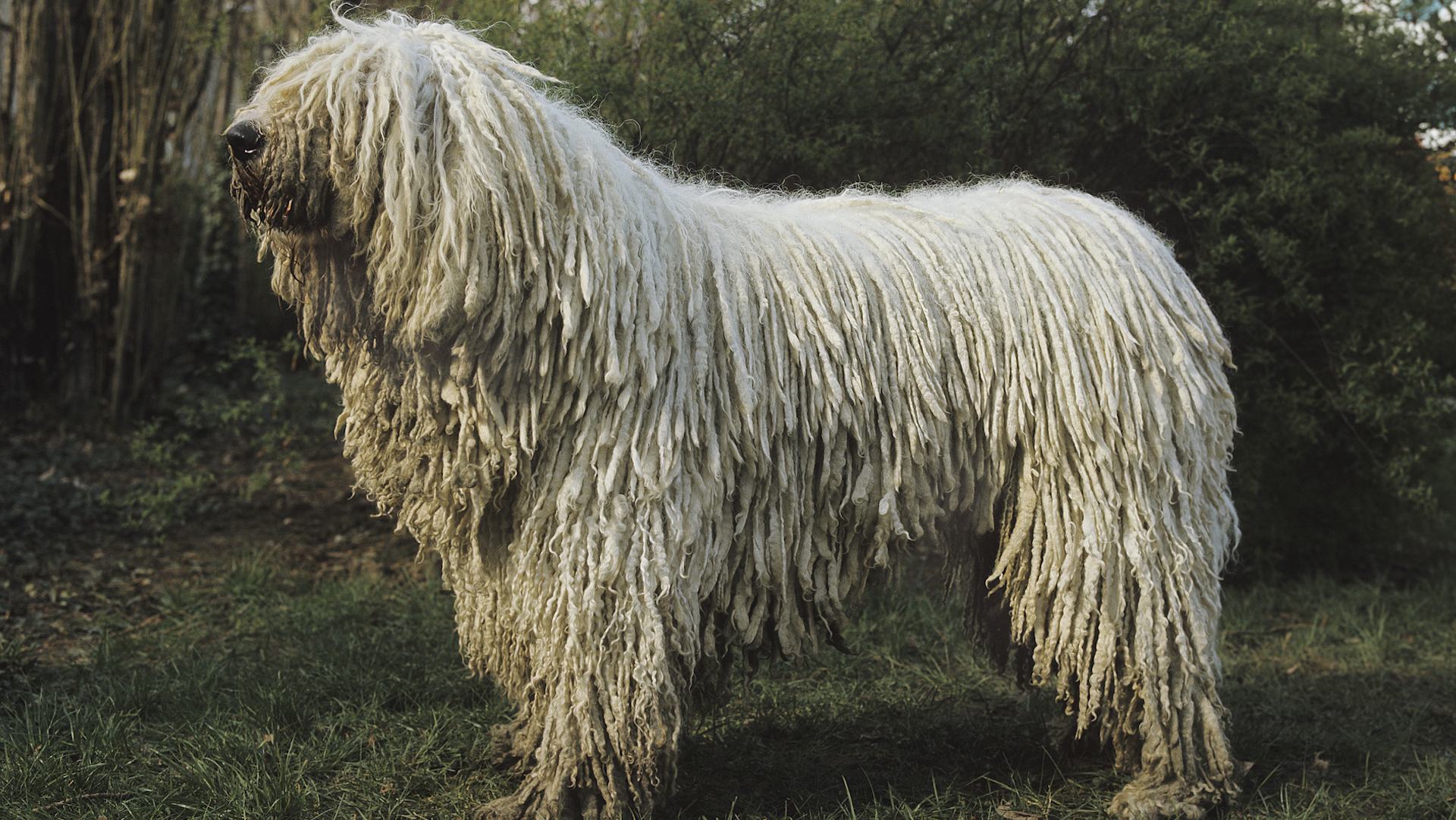
This Hungarian sheepdog is nicknamed the “mop dog” on account of its unique corded coat, a bit like human dreadlocks. These eye-catching mop-like cords help protect Komondors from predators, keep them warm in harsh winters, and help them blend in with the flocks they are bred to guard.
Due to their role as a guard-dog, they are independent and protective, large and powerful, and so require an experienced trainer.
10. Otterhound
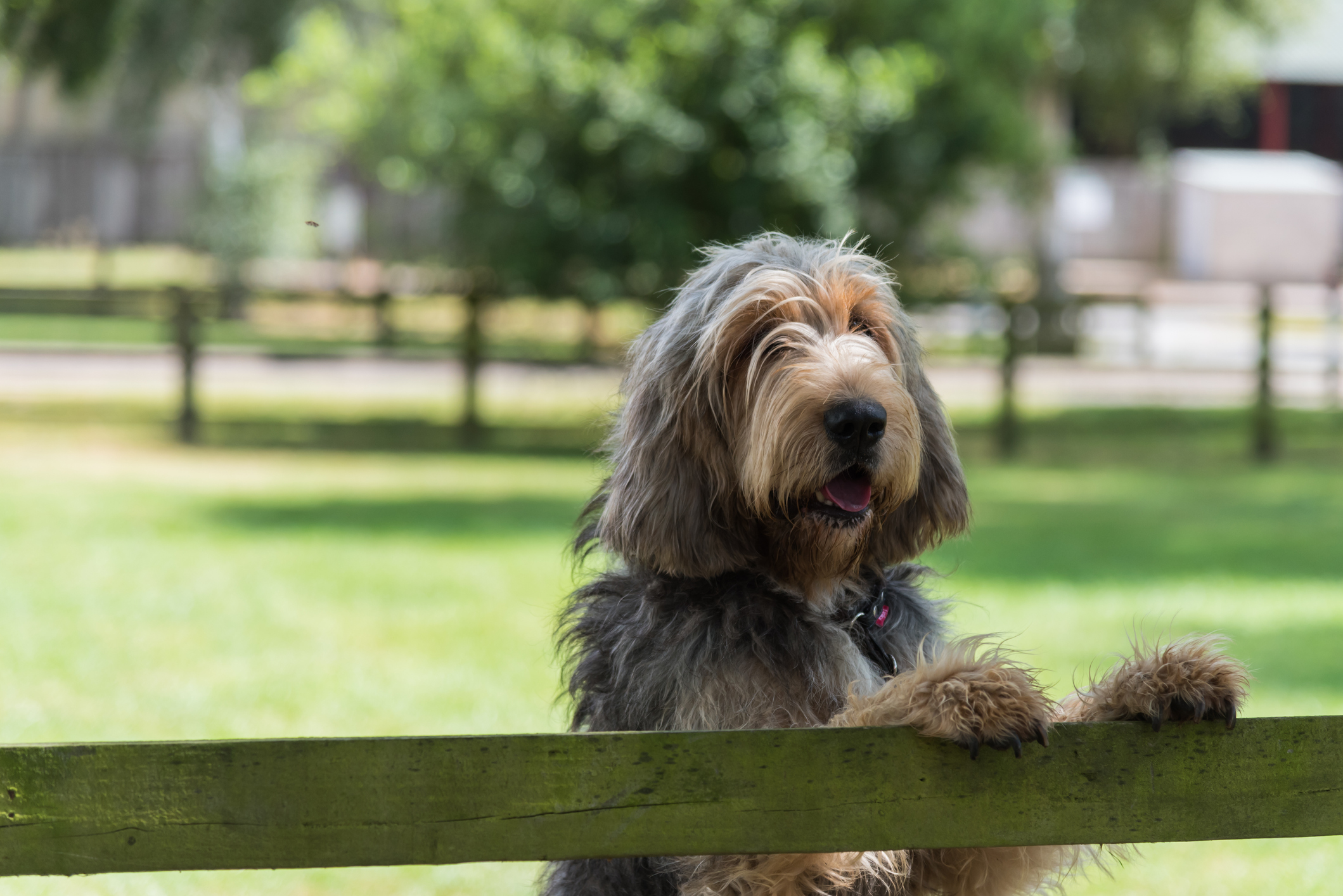
Officially rarer than the white rhino, the otterhound was bred in the Middle Ages in England to hunt otter – but they are now redundant for their original purpose as otter hunting was banned in 1978.
However, they retain all their qualities which made them great at their job: webbed feet for swimming prowess, a sharp sense of smell and a thick coat to keep them warm when hopping in and out of cold water. Their swimming ability is remarkable – as well as their webbed feet, they have a waterproof coat, a broad chest and strong shoulders. Their sense of smell enables them to follow an otter’s scent even underwater!
Otter hunting was banned because numbers of otters were declining and needed to be protected – now it looks like the hound is going the same way. It is considered the most endangered native breed in Britain. There are fewer than 1,000 in the whole world.
11. Kuvasz
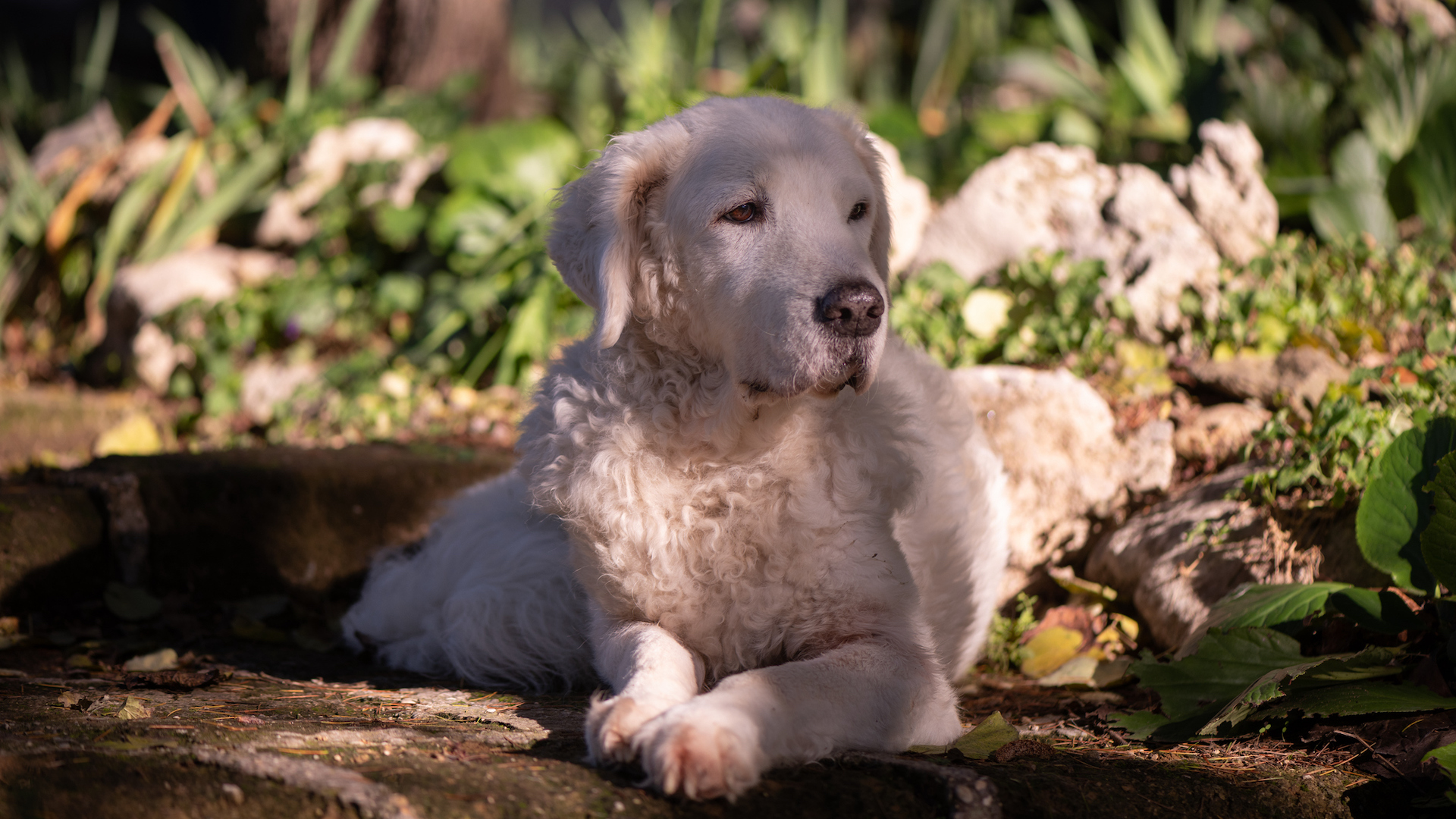
The Kuvasz is a working dog, bred to guard livestock and was a favourite with Hungarian royalty. Its bright-white color and luxurious coat are appealing, and despite its large size, it is agile and quick.
During World War II the breed was close to extinction in its native country of Hungary. They had a reputation for guarding their families and many were killed. Kovasz breeders have worked hard to revive the breed.
12. Norwegian Buhund
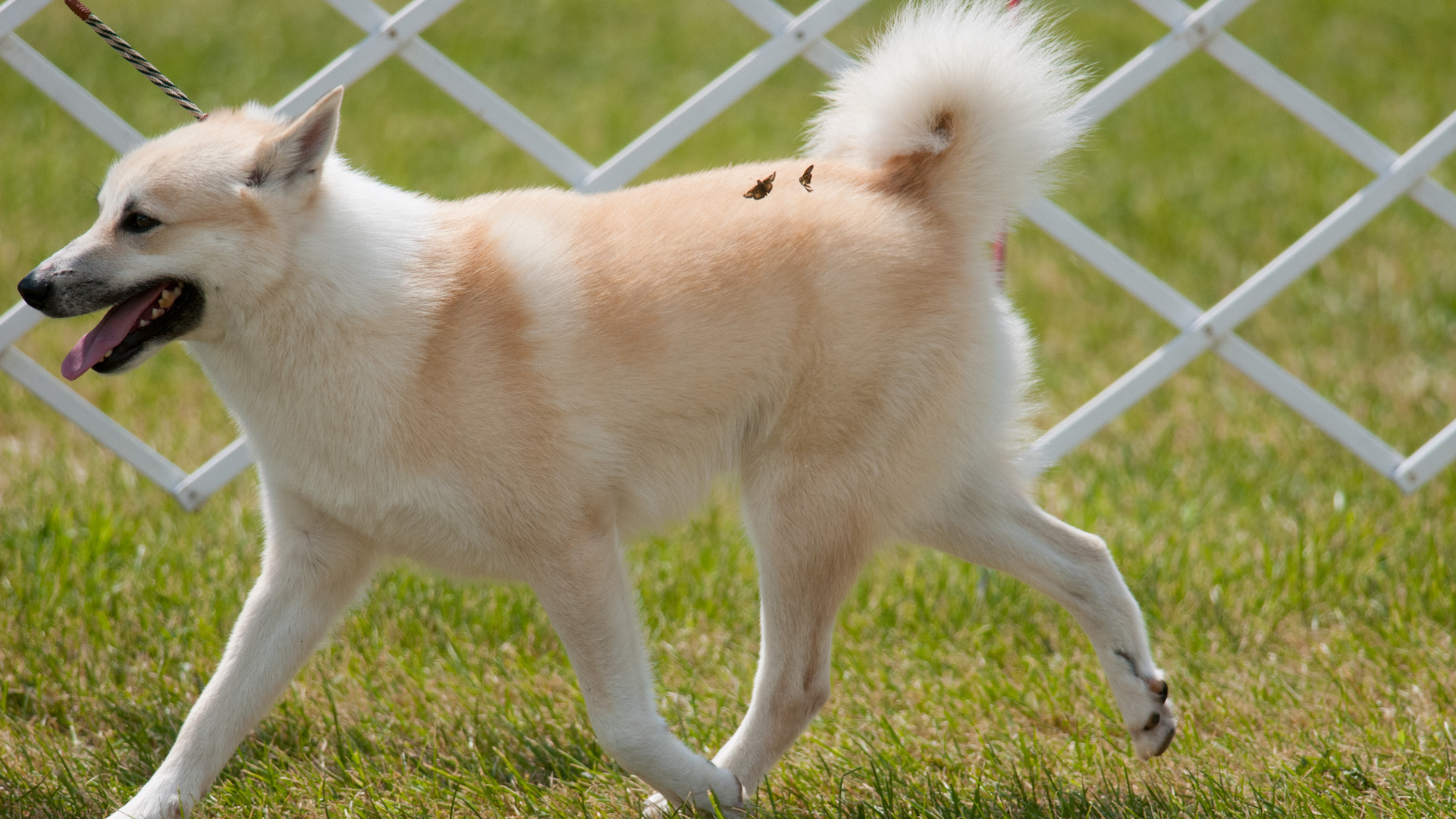
A brilliant family dog that thrives in cold weather with its dense coat. It has pointy ears and a curly tail. This breed comes in all sizes from tiny to huge, and can be wheaten or black – something for everyone!
They were developed in Norway to guard the farm, flock and family, and continue to be a loyal part of the family. They also love agility work.
13. Bergamasco Sheepdog
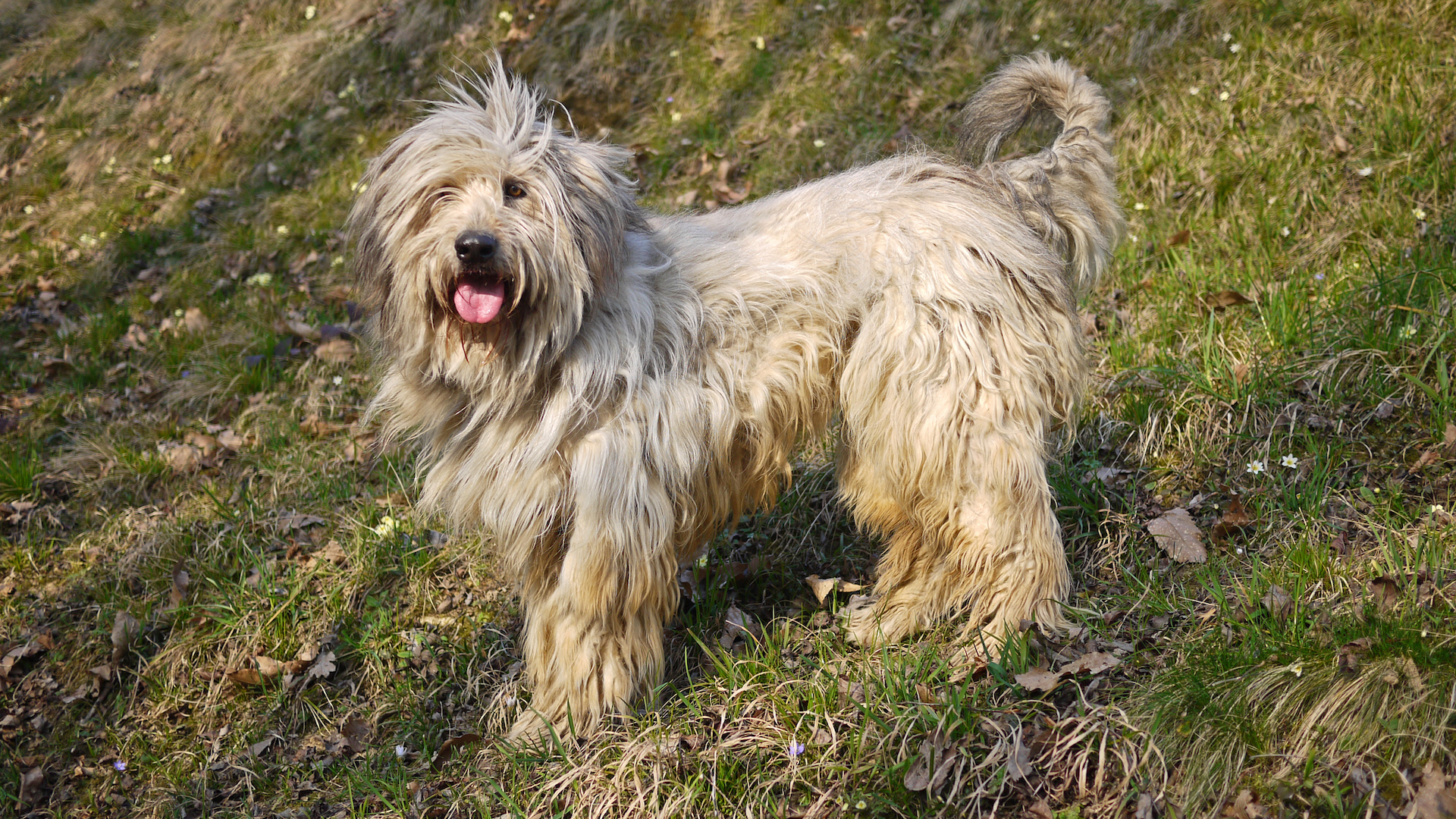
A low-maintenance sheepdog that is patient, protective and eager to please. Its distinctive feature is its fur, which consists of three different textures to provide protection from the freezing temperatures of the Italian Alps, near Milan, where it originated.
They are an exceptionally shaggy mountain dog, and therefore well suited to cold climates. Their coat is any shade of grey, from very light to almost black.
14. Chinook
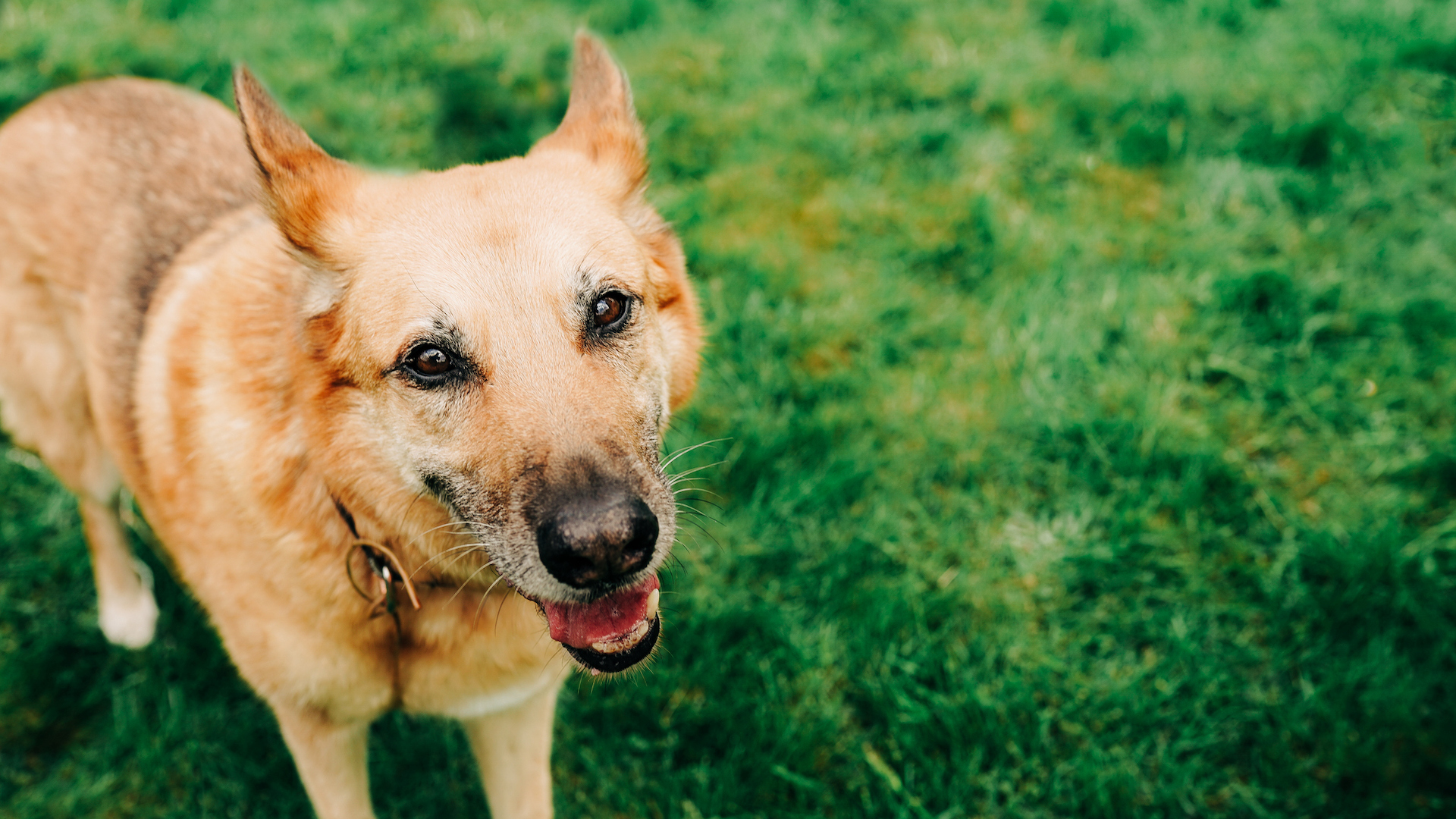
This rare working breed was developed by an explorer, Arthur Walden as a sled dog, being both powerful and fast. The breed is named after Walden’s lead sled dog.
It hails from New Hampshire and is known to be a kind and devoted family dog breed as well as an excellent hauler.
15. Polish Lowland Sheepdog
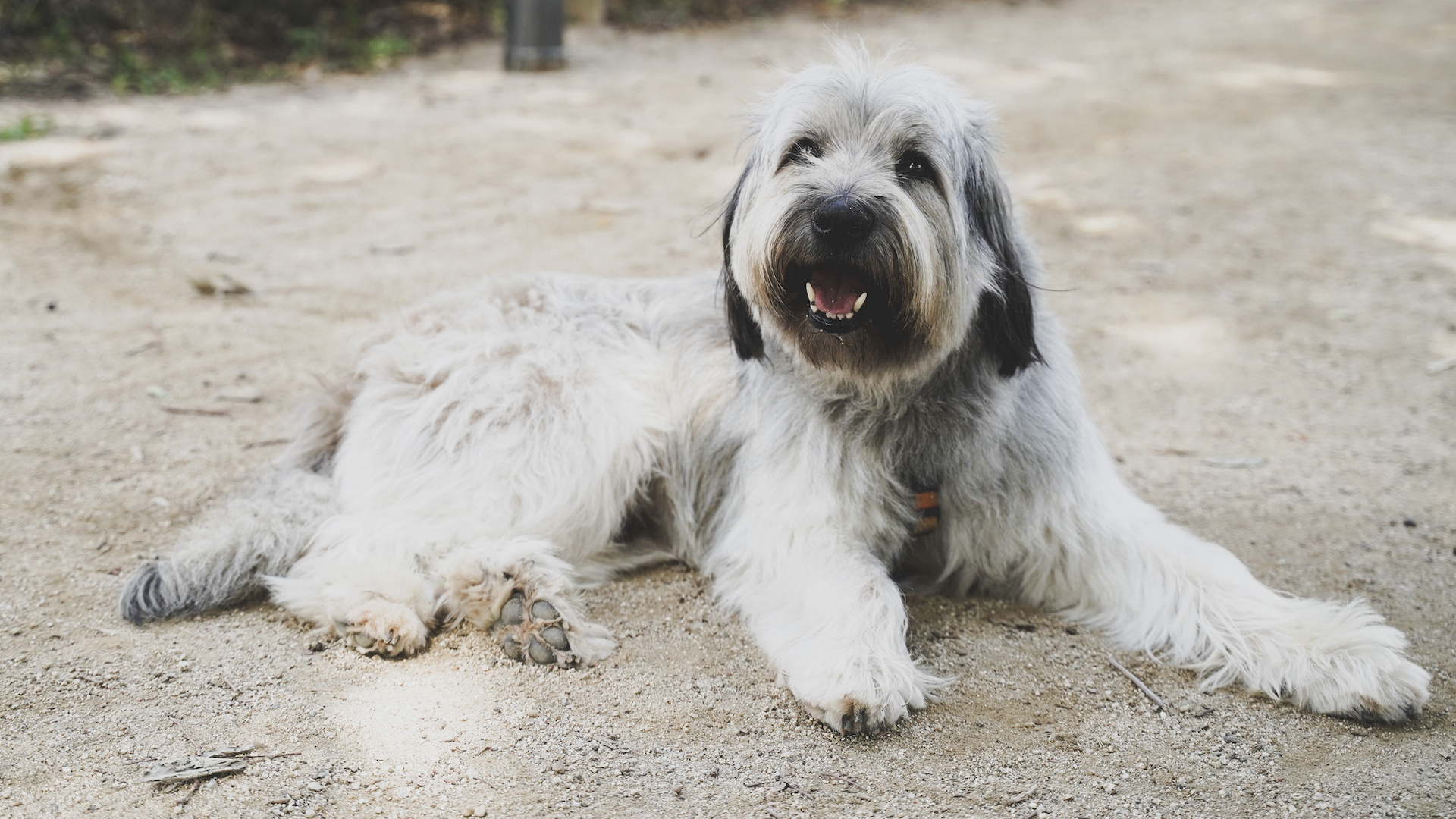
Also known as the PONS (from the Polish name Polski Owczarek Nizinny), this is a compact but shaggy herding dog. Although they originally were kept as guardians of the flocks, they are popular as companions and watchdogs in Polish cities too, as they are adaptable and level-headed.
Their trainability and self-confidence translates well to dog agility, and they have oodles of stamina.
16. American English Coonhound
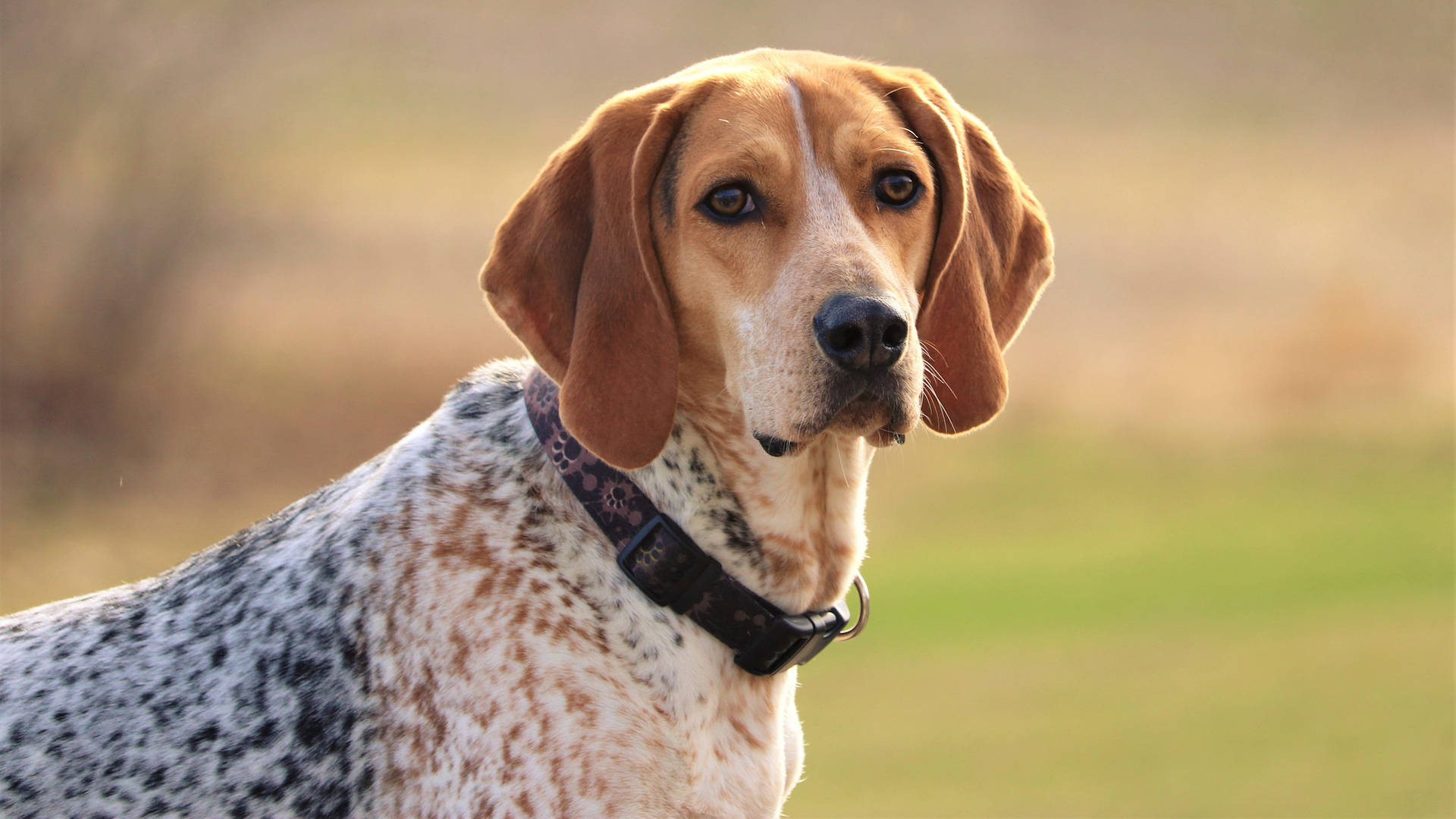
This athletic and speedy hound is a night-time worker, developed to pursue racoon from sunset to sunrise. Descended from the English Foxhound, they are affectionate and calm when off-duty and well-exercised, but full of tenacity when on the job.
They have tonnes of energy, and their loud bark can put off potential pet owners – and certainly their neighbours. In short, they need sport, and plenty of it.
17. Irish Water Spaniel
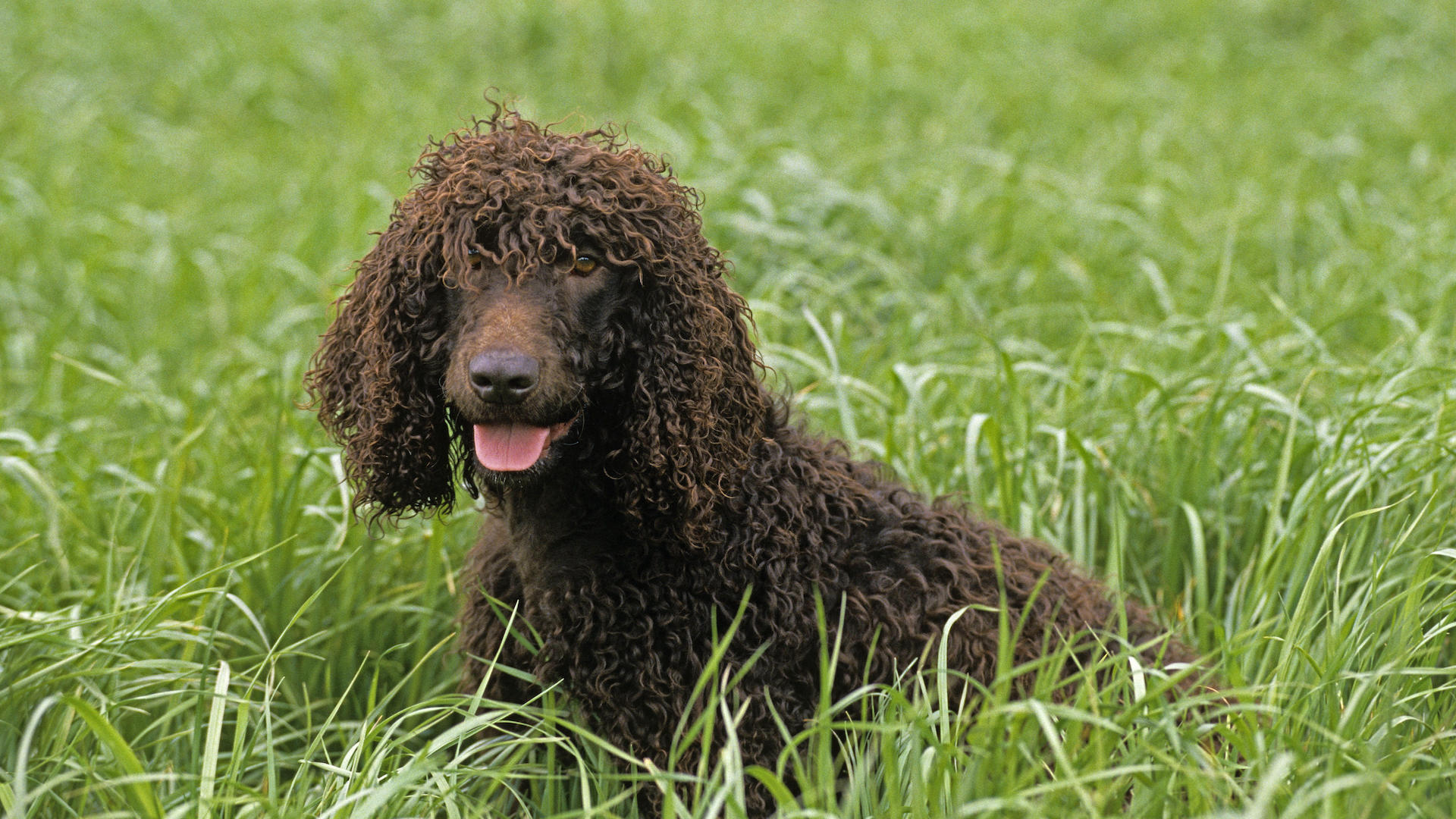
These fantastic swimmers – bred for retrieving waterfowl – are hardworking, courageous and friendly. Like all spaniels, it naturally longs to please. They have an appealing tightly curled coat, which is waterproof, a characterful beard, sideburns and a distinctive thin “rat tail” which has very little hair on it.
This is the largest of the spaniel group, and originated in the south of Ireland.
18. Cirnechi dell’Etna
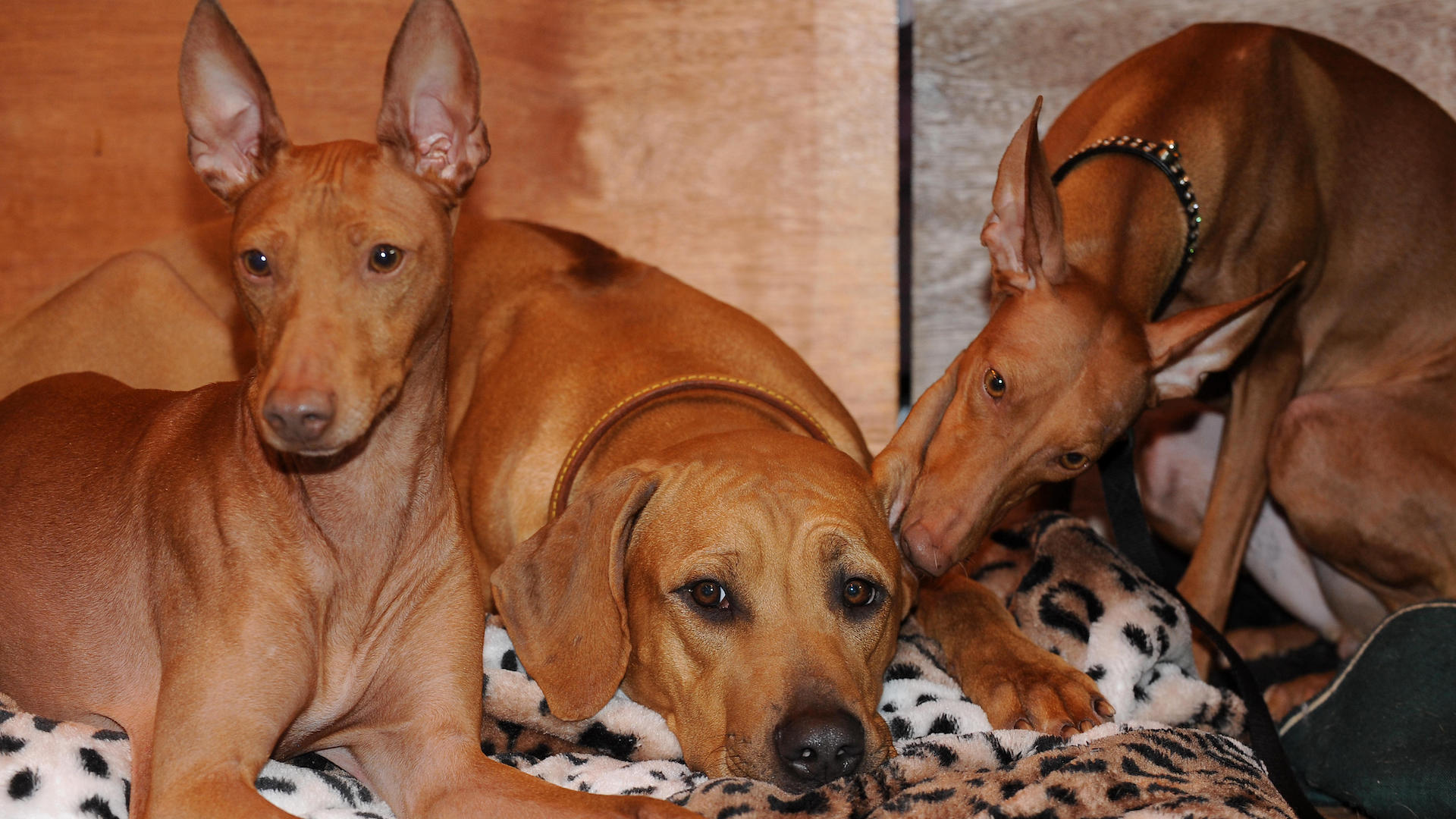
This ancient coursing hound was developed in Sicily. It is athletic and a very fast sprinter, but like many sighthounds is quiet and mild and happy to spend long periods of the day sleeping!
It resembles other sighthounds that originated in Egypt, with a sand-coloured, sleek coat, large pointed ears and is built for speed and stamina. Although they are slight, they are resilient and can run for hours without the need for food or water.
19. Grand Basset Griffon Vendéen
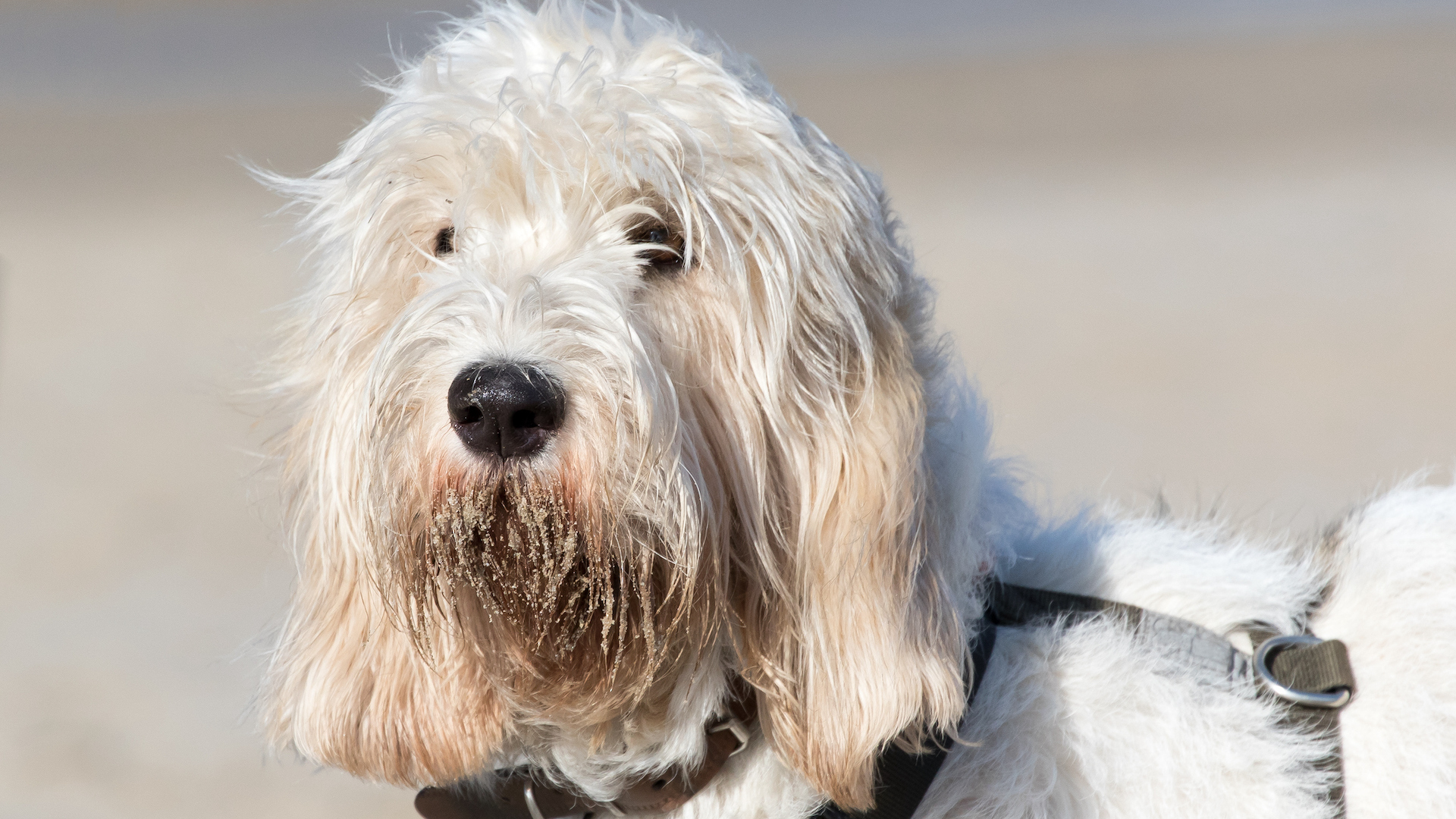
Docile, affectionate, with long ears and a shaggy coat, as well as a full mustache, beard and busy eyebrows, this is a characterful dog with rugged charm.
It is a hardy French hound developed to hunt through the thickets and rocky areas of the Vendée region of western France. It was primarily a dog for the lower classes, who were not mounted on horses, hence its short legs (so the human hunters could keep up).
Nowadays they are most likely to be kept as a family pet, but they do naturally favour a pack and they are still used for hunting – from rabbit to boar.
20. Dandie Dinmont Terrier
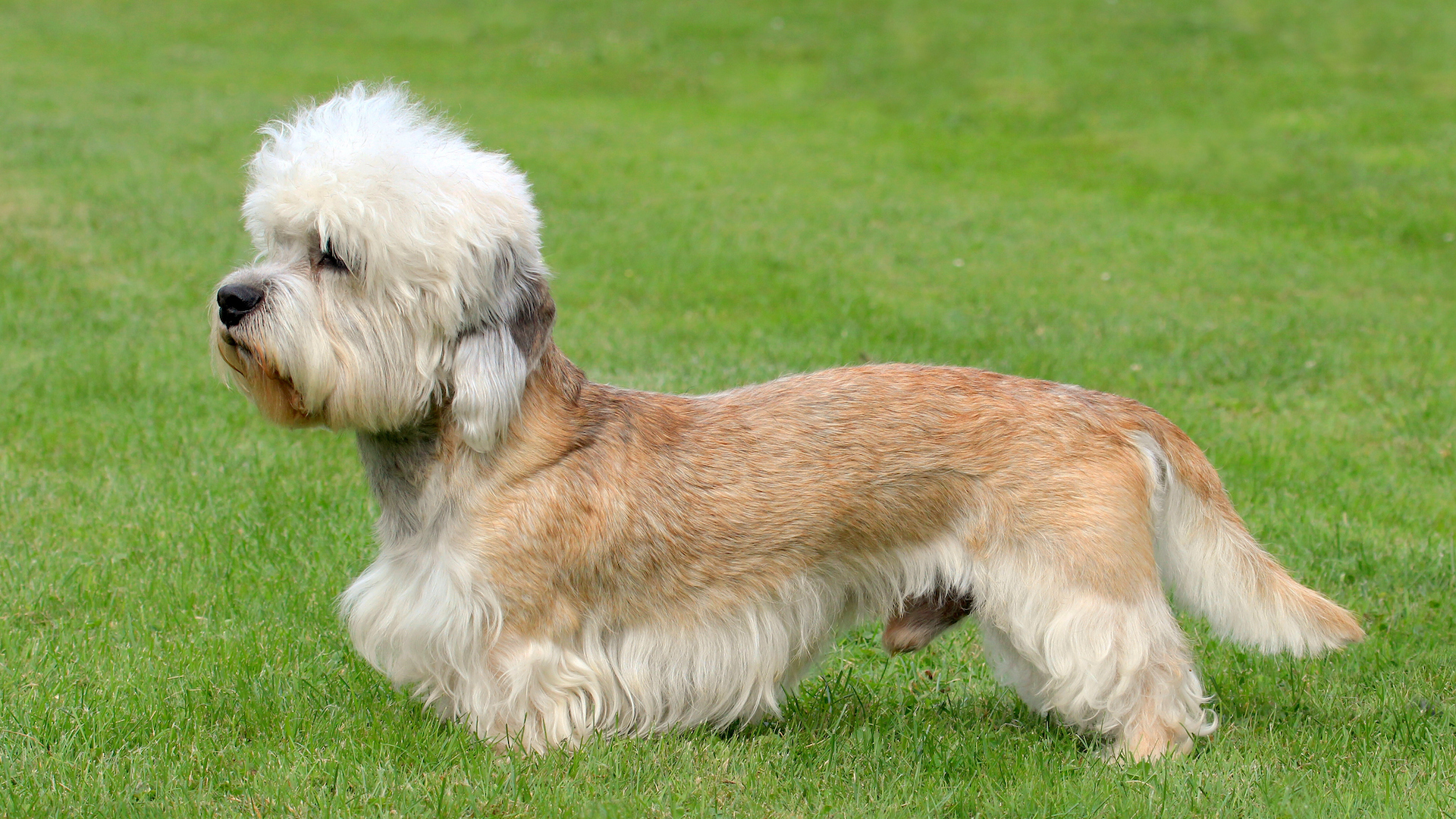
Among the smallest of the less popular dogs, the Dandie Dinmont is sturdy, compact and friendly. They hail from Scotland and the border with England, where they were originally used for hunting badger and otter. They love to dig!
They have funky, unique look, with an elongated body, short legs and a top-knot of silky hair on top of their head. Their coat colours are appealingly named pepper and mustard, with much tonal variation in both.
21. Canaan Dog
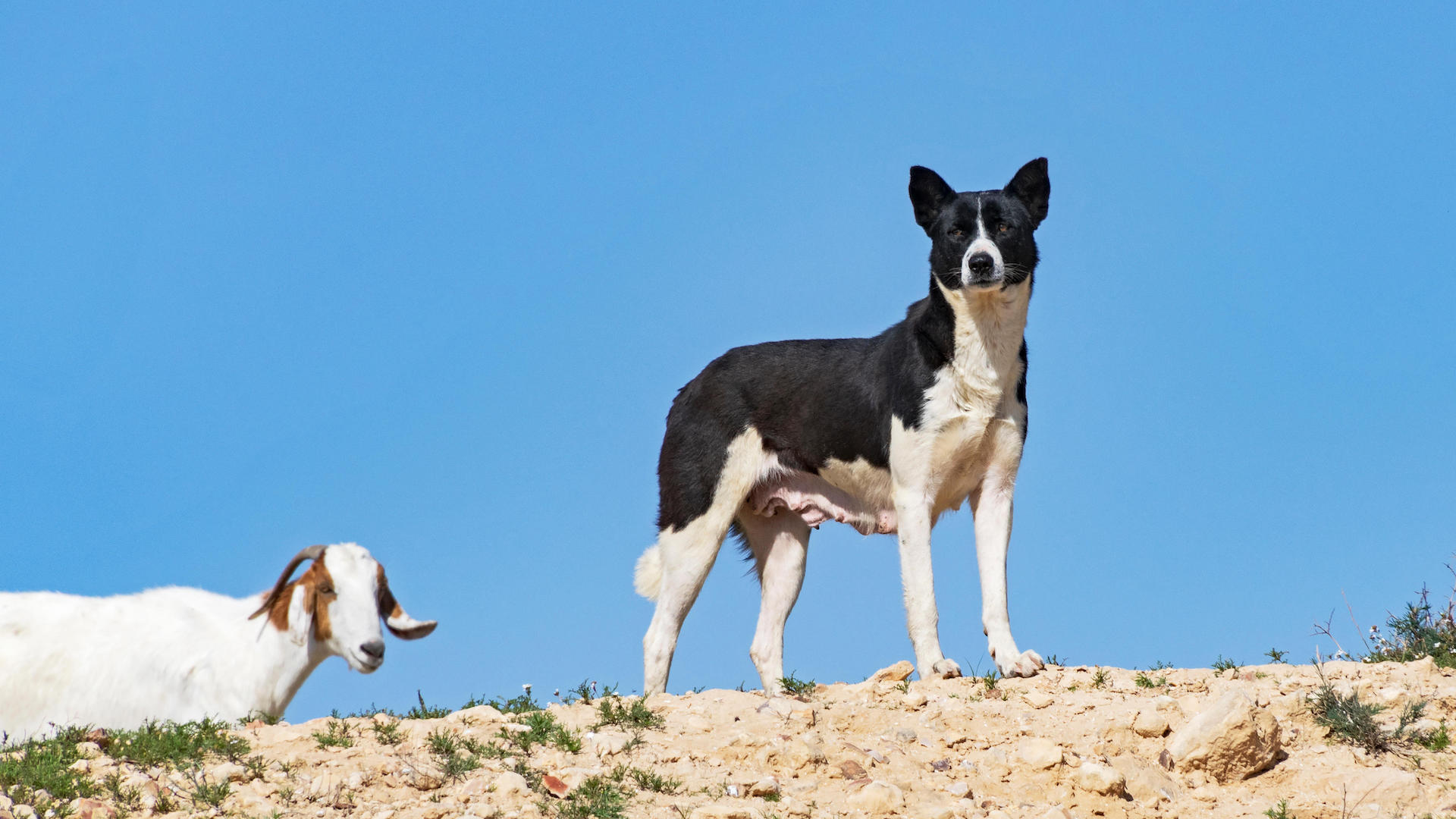
The national dog of Israel is one of the oldest breeds registered with the American Kennel Club. It was developed centuries ago to protect herds and camps in the desert, and as such is trainable but independent and has bottomless stamina. The Canaan dog loves his own pack, but isn’t naturally welcoming to strangers.
They retain the appearance of a wild dog, being rugged and lean with a bushy tail. He loves a good bark and will protect the family with great loyalty. However, their trainability also means they make good service and sniffer dogs.
22. Finnish Spitz
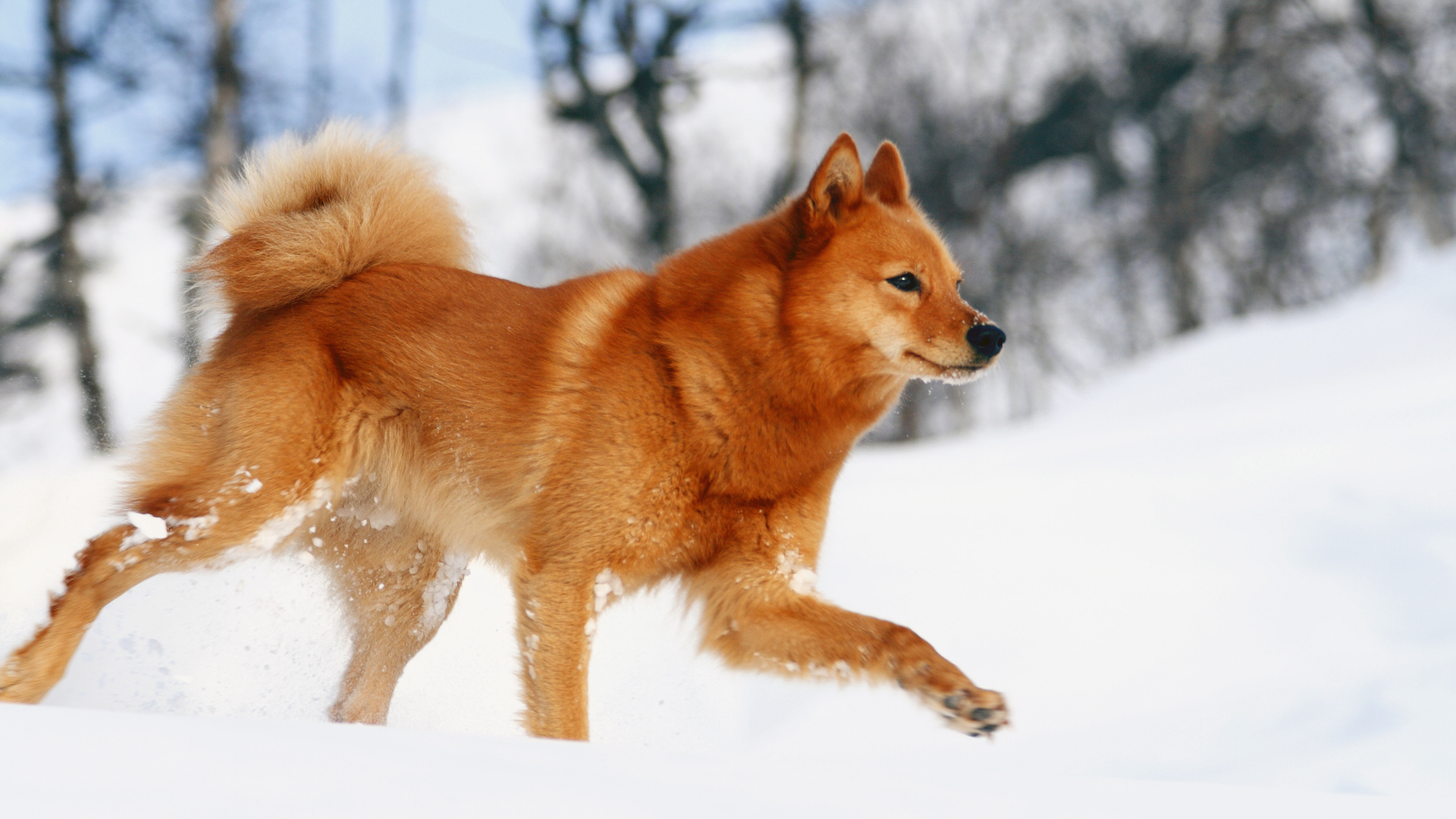
This foxy little dog was bred to hunt in Finland, where it is called the Suomenpystykorva. It is thought to have originated thousands of years ago in Russia, but has since been developed as a gamebird hunter.
They have an extraordinary and distinctive method of pursuing birds. They follow the scent, then attract the bird’s attention wagging their tail slowly and barking extremely fast. The bird is then stuck in place making it easier for the human hunter when he catches up.
They are still used for hunting in their homeland, while domestically, they make a super family pet, being affectionate, fun and good-natured.
Also called by the cute nickname of Finkies or Finns, and the puppies look like adorable fox cubs.
23. Skye Terrier
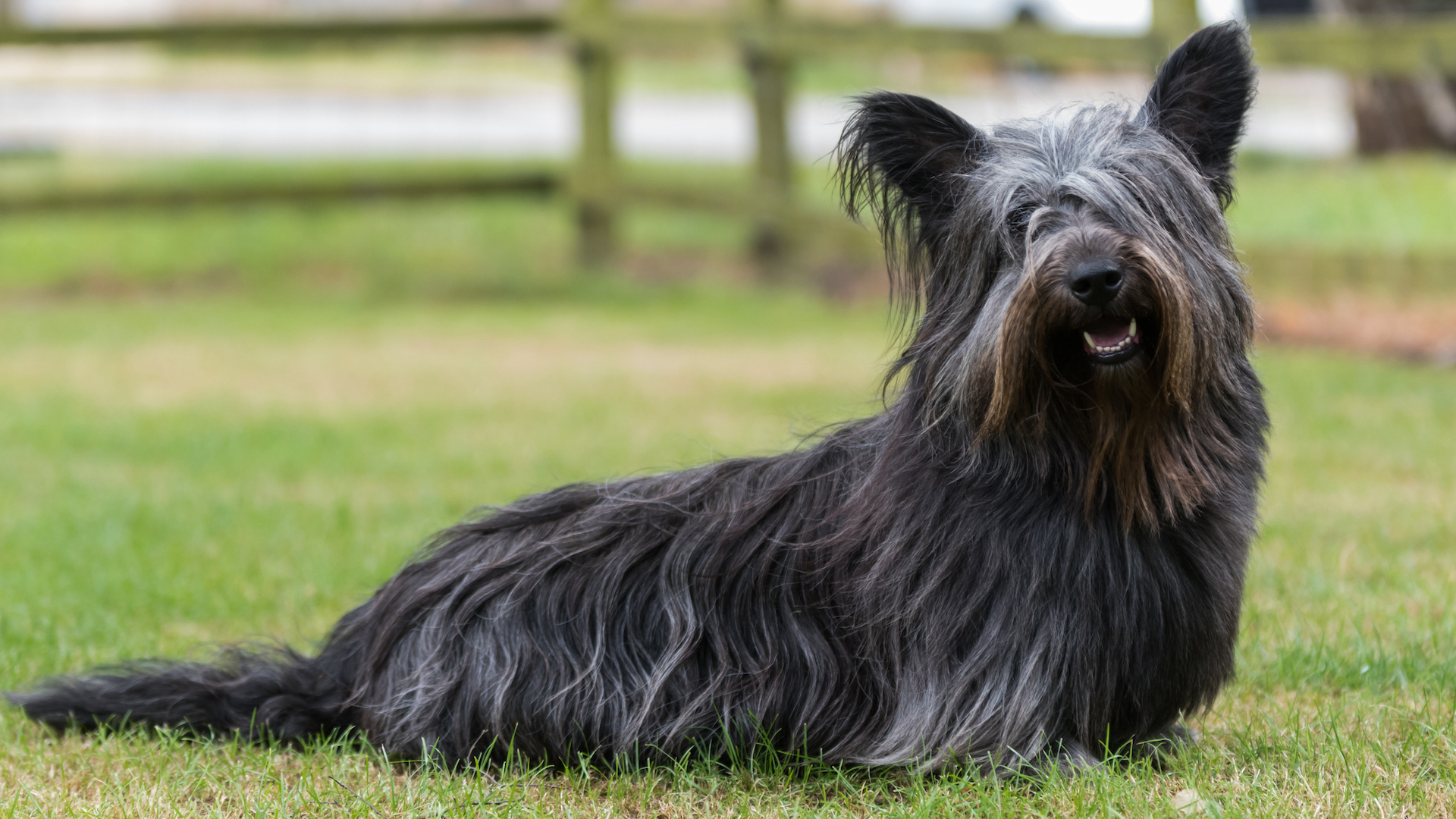
This rugged terrier was bred on the island of Skye, north of Scotland, to help farmers control the fox and badger population. However, over time this working farm dog became popular with aristocracy and even royalty, with Queen Victoria being a fan of the breed.
Around this time its popularity spread to north America but enthusiasm for the breed has since dwindled, and it is rare on both sides of the Atlantic. A shame, given it is a loyal and laid-back family pet with an unusual look and lovely flowing coat, though they are on the wilful side and don’t always tolerate other pets in the home.
24. Pyrenean Shepherd
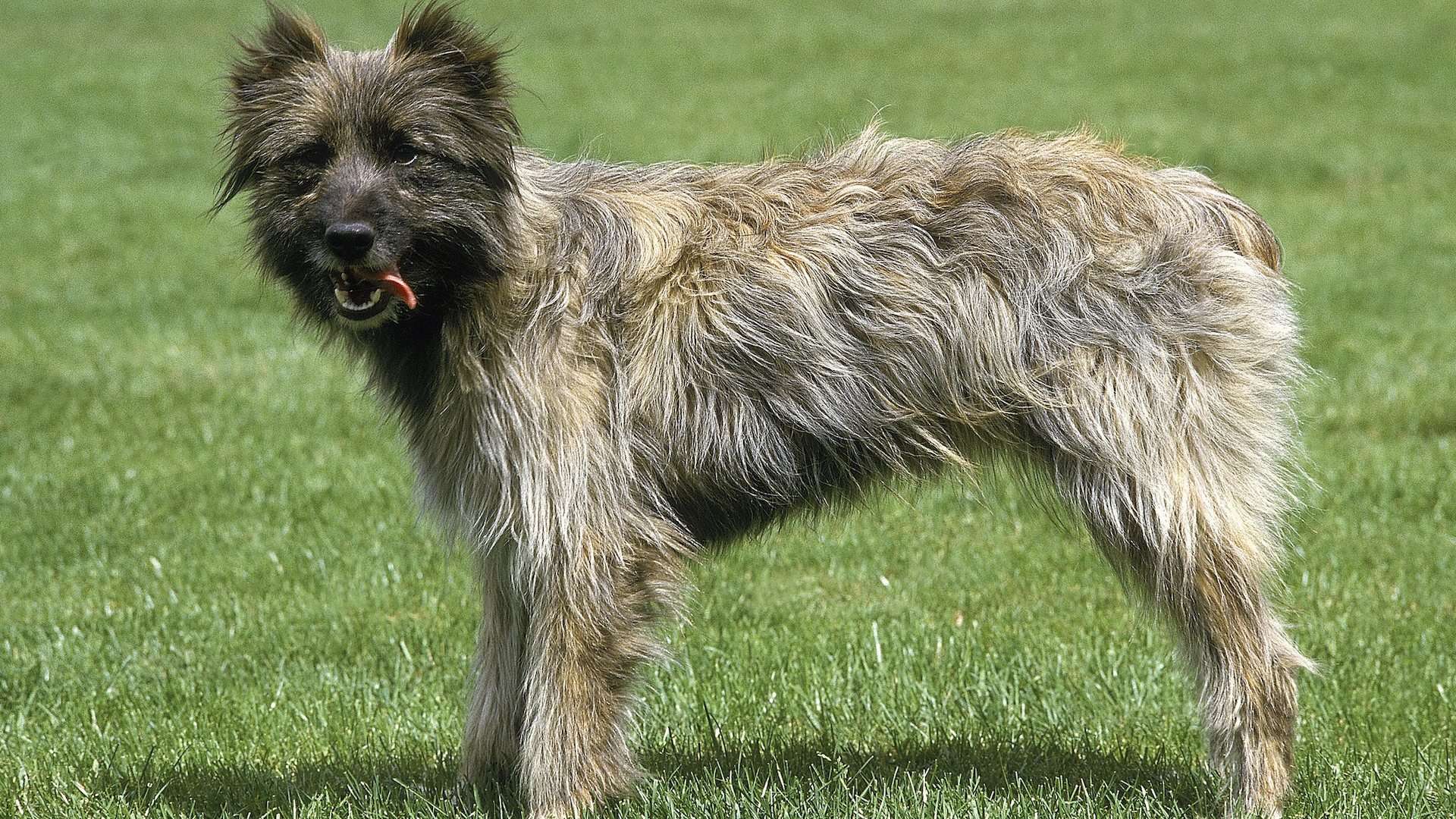
Also known as the Pyr Shep, this is a tireless herding dog that owes its ancestry to the ancient sheepdogs of the Pyrenean Mountains bordering France and Spain, where they still herd sheep to this day.
They are an active dog full of stamina, so require a home where they will have plenty of exercise. They are intelligent and reactive, and like most sheepdogs are wary of strangers but loyal to their family.
25. Cesky Terrier
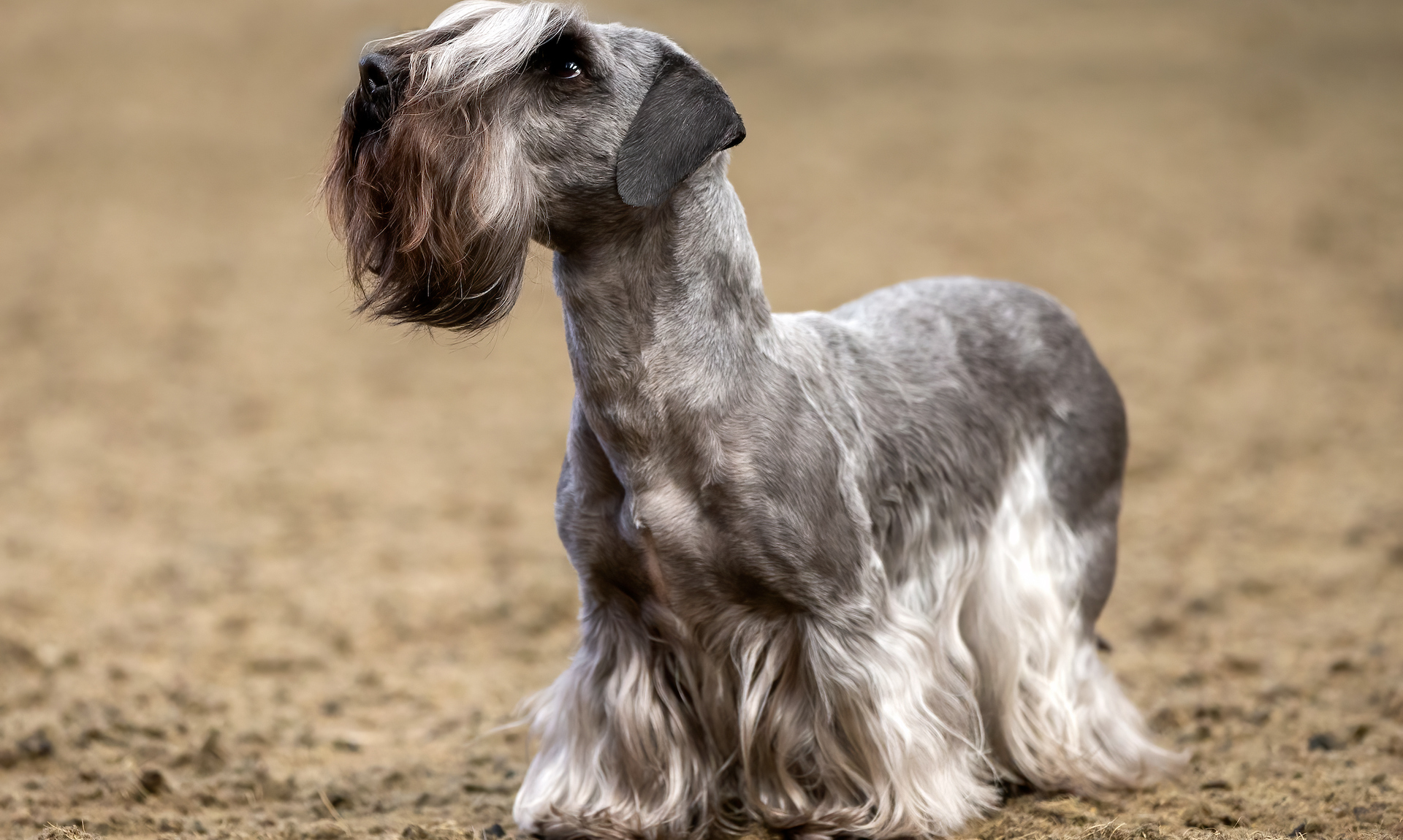
The national dog of the Czech Republic, this adventurous terrier has a distinguished look with his wavy facial hair, and fine silky coat. As terriers go, he is typically fairly mellow, but full of fun and determination, loves children and is loyal to his family.
As a family pet, they tick all the boxes, but they are hard to come by.
26. Sussex Spaniel
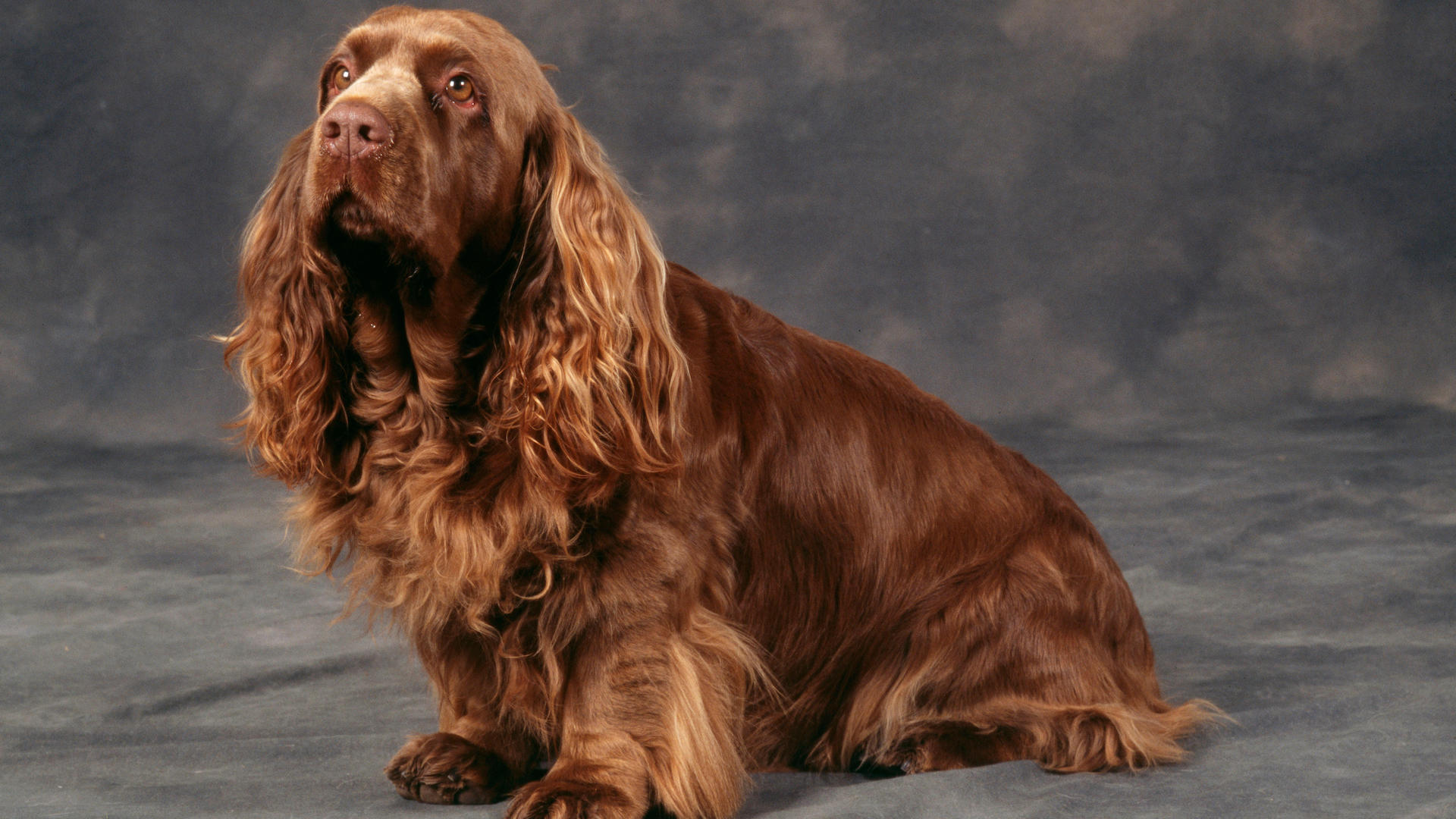
A very vocal spaniel with plenty of different expressions, they like to bark and howl, which can put some people off. Their range in “vocabulary” stems from their origins as a feathered game-hunting dog, so they could tell their human hunters exactly where the bird was to be found amid deep undergrowth in the county of Sussex, in southern England.
Their rich golden-liver coat is unique to the breed, although there have been examples of other colours, they are not desirable.
Despite being one of the first breeds included in the American Kennel Club back in the 1880s, they have fallen right out of fashion and are now the rarest land spaniel. However, they are a cheerful and affable family pet, and also work well as a therapy dog, being companionable, trainable and calm.
27. Azawakh
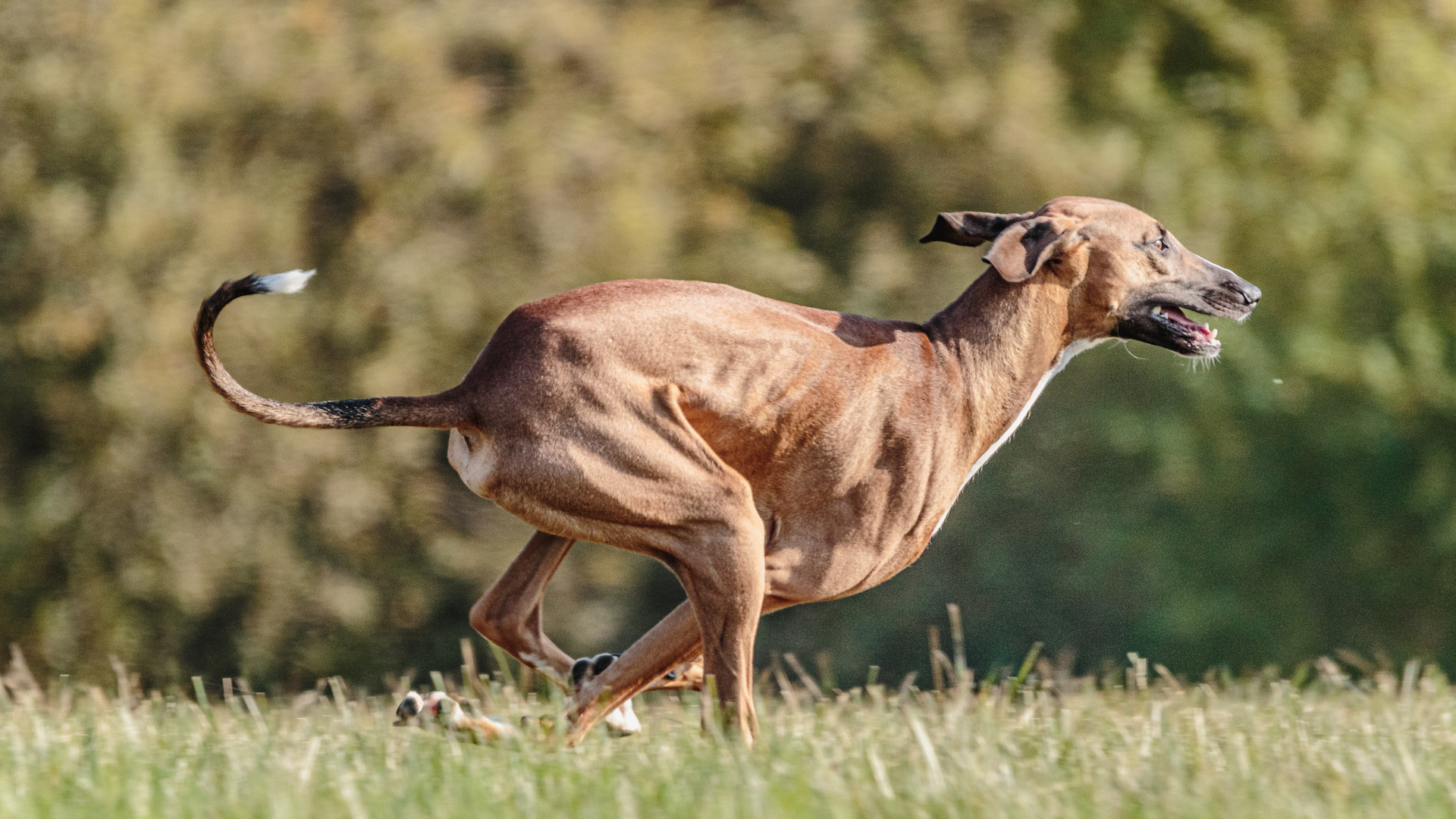
A West African sighthound originating in the Sahel region. Like other desert hunting sighthounds, this is a lean, athletic and aerodynamic dog with tight skin and stunning speed.
Despite its elegant and fragile look, this is a tough, resilient and rugged dog, who was brought up living among the nomads as members of the family, and they are intensely loyal companions.
28. Belgian Laekenois
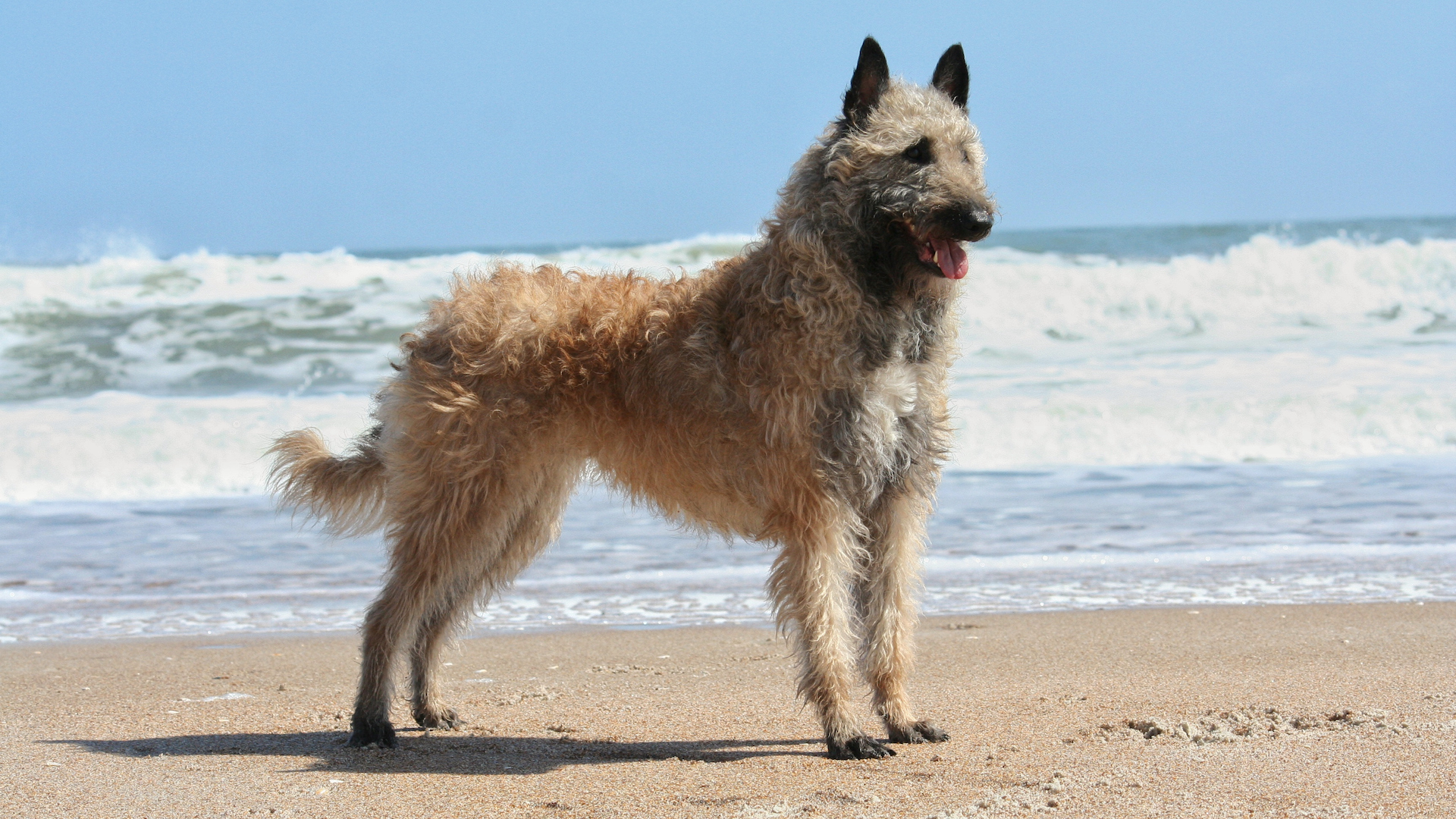
Belgium does a good line in shepherd dogs, with the Laekenois’ cousin the Malinois in contrast being hugely popular, in the top 16% of most popular dogs.
The Laekenois is the least popular of the four Belgian sheepdogs. It was developed to guard flocks in the fields – but also linen drying! In the World Wars, he was trained as a messenger dog, and during this time the breed numbers declined drastically.
Although the breed is rare, it is agile, fast, lean but robust and is popular as service dogs with the police and military, having a great work ethic and being highly intelligent. It is also loyal and affectionate, if – like most sheepdogs – wary of strangers, so makes a good house dog.
29. American Foxhound
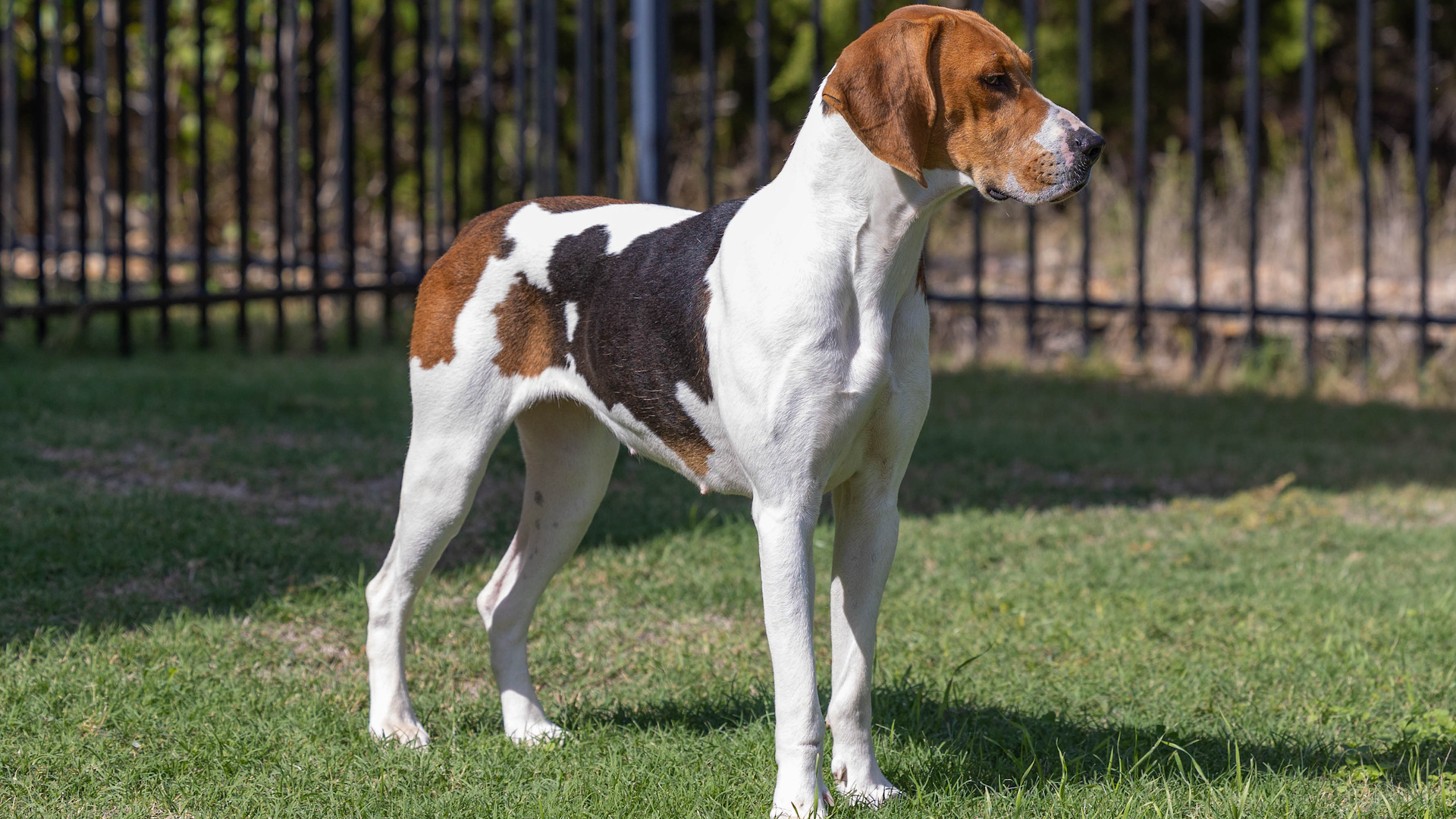
Almost identical to the slightly stockier English Foxhound – also an unpopular breed – this is a kind, gentle, low-maintenance hound blessed with speed, stamina and an appetite for work. However, as house pets go, this is quite a demanding and independent dog, needing lots of exercise and preferably a pack of friends. It also has a loud bark, which it uses freely – music to some but a nuisance to many.
30. Sloughi
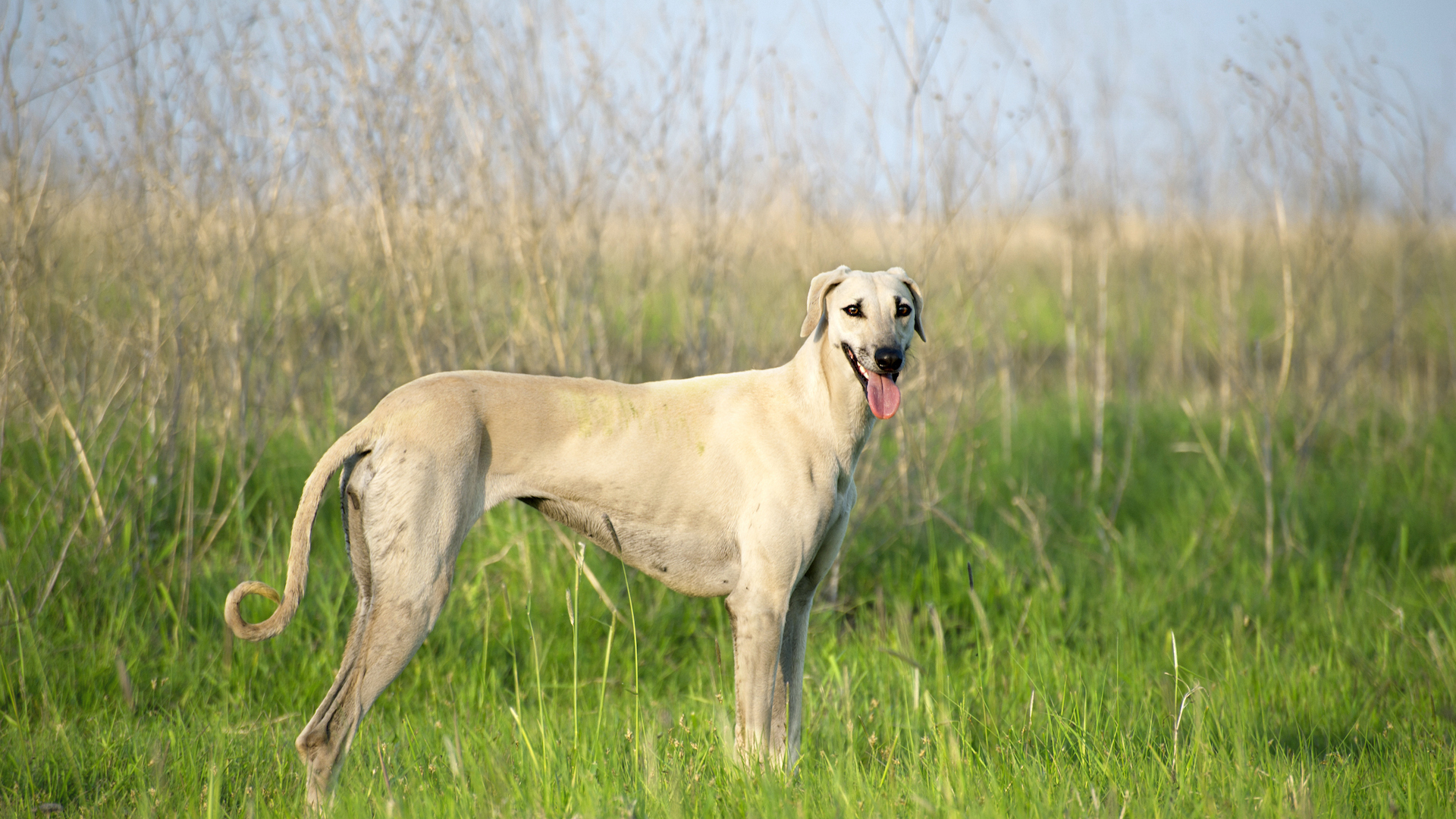
Sometimes nicknamed the Arabian Greyhound, the elegant Sloughi originated in North Africa and is a lean, swift coursing sighthound much like its greyhound cousins and is similarly rapid. They can run at 42mph!
They are slightly larger than the Saluki and also differ in that the Saluki sometimes has light, silky feathering on the ears, tail and legs, while the Sloughi is always smooth-coated.
31. Norwegian Lundehund
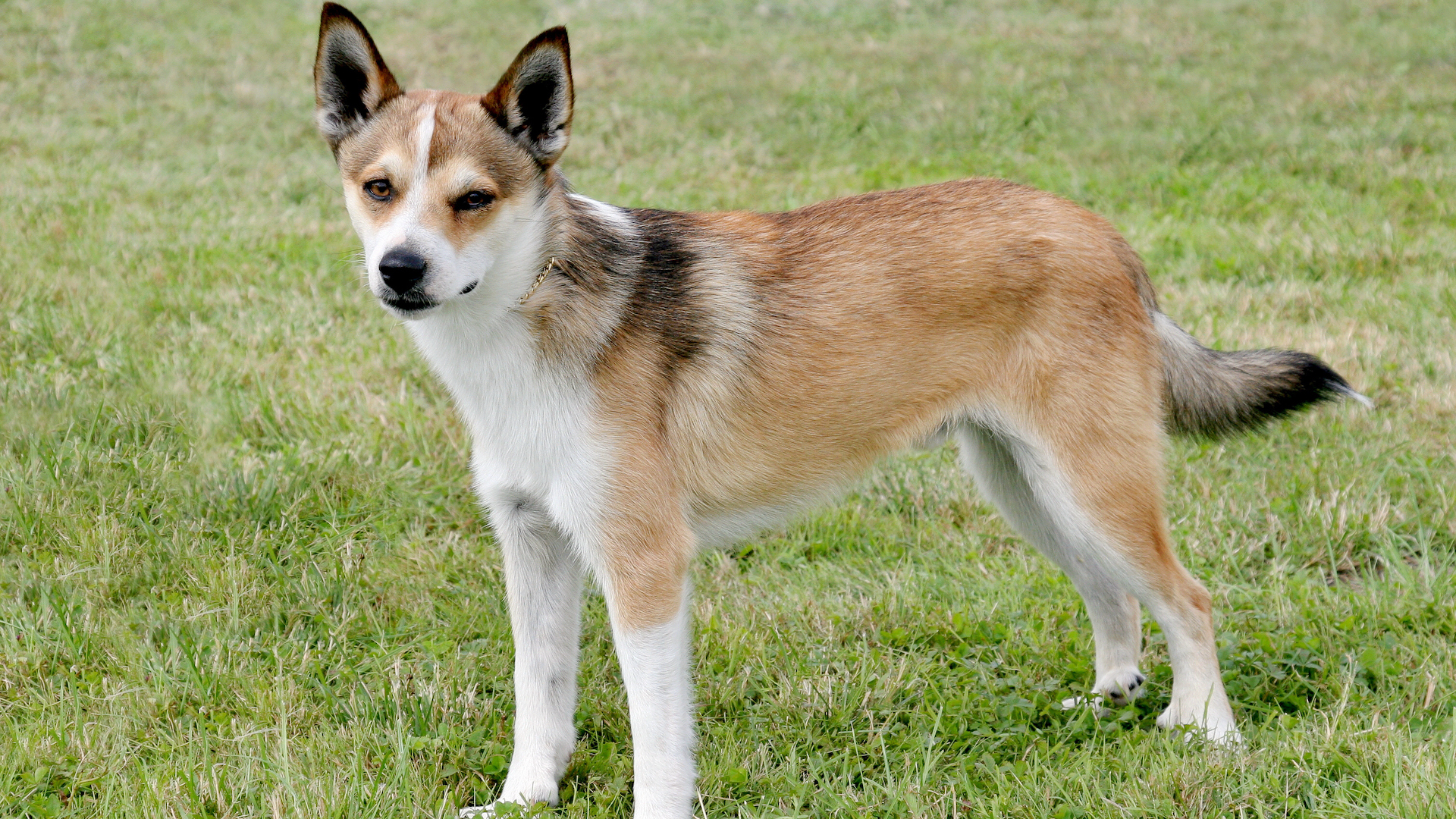
The Norwegian Lundehund is the only dog that has been bred specifically to hunt puffins (lunde means puffin in Norwegian) – however as puffins are now a protected species, the breed is now simply a pet, albeit an adventurous and independent one! They have six fully developed toes (instead of the usual four), which provide more traction on the steep rocks of the Norwegian coastline, and were useful for burrowing to find a puffin’s nest.
32. English Foxhound
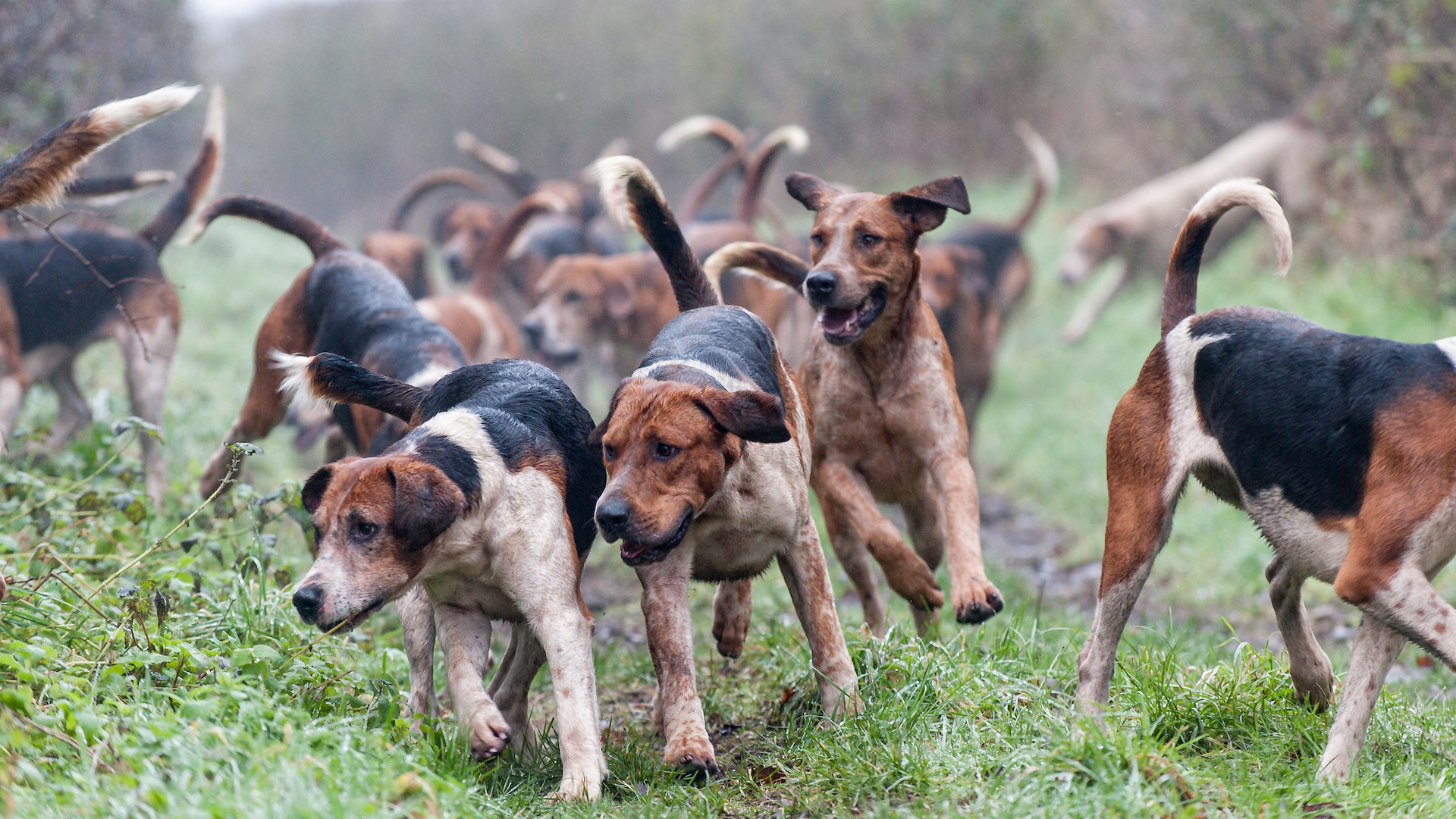
The English Foxhound sits plum last on the American Kennel Club’s breed popularity list from 2022 at 199th. This scent hound is a bouncy bundle of energy and stamina, very pack-orientated and irrepressibly joyful. All they are friendly with people including children, they are high-energy dogs requiring a lot of exercise and space to run around, making them undesirable for the majority of households.
Did you enjoy reading this article. You may also enjoy reading about amazing jobs that working dogs can do
Martha is an experienced journalist working in both print and digital media. She specializes in the canine, equine and rural sphere where she has covered a wide range of topics from cloning animals and the ingredients for a perfect yard dog, to helping owners find the best canine GPS trackers on the market. When she’s not busy writing about dogs and horses, she’ll be found either aboard a horse or looking after the menagerie of pets in her care.
